All reports
Multiple myeloma
·
Apr 2, 2025
Navigating clinical trials in multiple myeloma
A comprehensive guide to clinical trials in multiple myeloma. Covering current treatments, trial phases, and emerging therapies
Reports are in beta and continually improving. They are not a substitute for professional medical advice. Please contact us to give feedback.

Stay informed
This report was published in our weekly newsletter and on our community page. Follow to stay up to date with the latest news and research relevant to your condition.
Listen to the audio version
Introduction
Multiple myeloma is a type of cancer that affects plasma cells, which are crucial components of your immune system. While significant progress has been made in understanding and treating this disease, ongoing research continues to explore new and innovative therapies.
Clinical trials play a vital role in this advancement, offering patients access to cutting-edge treatments and contributing to the development of improved care for future generations.
This report aims to provide you, as a patient, with a comprehensive understanding of clinical trials in multiple myeloma, the current treatment landscape, and what the future holds.
Overview of multiple myeloma
Multiple myeloma is a cancer that begins in the bone marrow, the spongy tissue inside some of your bones where blood cells are made. [1] Healthy plasma cells produce antibodies that help fight infections.
In multiple myeloma, these plasma cells become abnormal, multiply uncontrollably, and produce an ineffective protein called monoclonal protein or M-protein. [1] This buildup of abnormal plasma cells can crowd out healthy blood cells, leading to problems such as anemia (low red blood cell count), increased risk of infections (low white blood cell count), and bleeding or bruising easily (low platelet count). [1]
The M-protein can also build up in the blood and urine, potentially damaging organs like the kidneys. [1] Additionally, myeloma can weaken bones, causing pain, fractures, and other bone-related issues. [1].
Common symptoms of multiple myeloma may include bone pain, often in the back or ribs, fractures, weakness or fatigue, weight loss, frequent infections, excessive thirst, and frequent urination. [2].
It's important to remember that multiple myeloma is a complex disease with varying stages and treatment approaches tailored to each individual. [3]
Understanding clinical trials and their importance
Clinical trials are research studies that involve people who volunteer to test new medical treatments, procedures, or devices to see how well they work and if they are safe. [4]
These studies are essential for improving patient care because they help determine if new drugs or treatments are more effective than existing ones, have fewer or less harmful side effects, or both. [5]
In the field of multiple myeloma, clinical research is particularly robust, with many ongoing trials exploring innovative therapies. [5]
Participating in a clinical trial can offer you access to treatments that are not yet widely available, potentially providing benefits that go beyond the current standard of care. [6]
By volunteering, you also contribute to the advancement of medical knowledge, helping doctors and researchers learn more about multiple myeloma and develop better treatments for future patients. [7]
It is important to understand that participation in a clinical trial is entirely voluntary, and you have the right to leave the trial at any time. [5]
Clinical trials landscape
The landscape of clinical trials for multiple myeloma is dynamic and constantly evolving, reflecting the ongoing efforts to improve treatment outcomes. [8]
Numerous clinical trials are currently underway, exploring various new therapies and treatment combinations. [5]
These trials are conducted globally at major medical centers, universities, and community hospitals, notably in the United States, China, Germany, France, Spain, and Australia. [9]
The National Cancer Institute (NCI) website lists over 200 active treatment trials specifically for multiple myeloma. [10]
This extensive research underscores the medical community’s commitment to improving management and treatment strategies for multiple myeloma.[5]
Key research areas include: Testing new drugs, combining existing drugs in novel ways, exploring different treatment sequences and investigating innovative approaches like immunotherapy and cell-based therapies. [6]
The ultimate goal is to develop more precise, effective treatments tailored to individual patient needs, resulting in longer remissions and enhanced quality of life. [11]
Types of trials (phase I-IV)
Clinical trials are conducted in phases, each designed to answer specific questions about a new treatment. [15]. Understanding these phases can help you better navigate the clinical trial process.
Phase I trials:
Typically the first studies to test new treatments in humans. [12]
Main objectives: Determine treatment safety, Identify the highest safe dose without severe side effects and understand how the treatment affects the body. [12]
Usually involve a small number of participants, often those with advanced myeloma resistant to standard treatments. [12]
While some patients may benefit, primary focus remains on safety and dosage determination for further trials. [13]
Phase II trials:
Conducted if Phase I trials show the treatment is safe. [13]
Purpose is to evaluate the effectiveness of the treatment for specific cancers like multiple myeloma. [13]
Typically involve a larger group (25 to 100 patients) with the same type of cancer, treated with the safest and most effective dose identified in Phase I. [13]
Researchers monitor if the treatment shrinks the cancer, slows growth, or offers other benefits, while continuing to assess side effects. [13]
Phase III trials:
Involve large patient populations, often hundreds to thousands, comparing new treatment safety and effectiveness against current standard treatments. [13]
Participants are usually randomly assigned to receive either the new or standard treatment. [13]
Trials often occur at multiple locations nationally or internationally. [13]
If a treatment demonstrates superior or comparable efficacy with fewer side effects compared to standard therapy, it may be considered for approval by regulatory authorities (e.g., FDA). [14]
Phase IV trials:
Conducted after treatment has received FDA approval and is publicly available. [15]
Aim to continue evaluating long-term safety and effectiveness in larger, more diverse patient populations over extended periods.[16]
Researchers may study treatment effectiveness in specific patient groups or compare it with existing treatments on the market. [16]
Common endpoints measured
In multiple myeloma clinical trials, researchers look at specific outcomes, known as endpoints, to determine if a treatment is working. [17]
These endpoints are carefully chosen to measure the impact of the treatment on the disease and your health. Some common endpoints in myeloma trials include:
Overall survival (OS): This measures how long patients live after starting treatment, regardless of the cause of death [18]. While OS is a critical endpoint, it can take a long time to observe in myeloma trials because newer treatments are helping patients live longer. [18]
Progression-free survival (PFS): This measures the length of time during and after treatment that a patient lives with the disease without it getting worse. [19] PFS is often used to evaluate how well a treatment can delay disease progression. [20]
Overall response rate (ORR): This is the percentage of patients who have a noticeable reduction in their cancer after treatment within a specific timeframe.Responses can range from a partial response (PR), where the cancer has decreased significantly, to a complete response (CR), where standard tests show no signs of myeloma cells. [21]
Minimal residual disease (MRD): This is a highly sensitive measure that checks for any remaining myeloma cells after treatment, even when traditional tests show remission.[22] Achieving MRD negativity, meaning no detectable myeloma cells remain, indicates a deeper response to treatment and is increasingly being used as an endpoint in myeloma trials. [22]
Researchers may also look at other endpoints such as time to progression (TTP), duration of response (DoR), clinical benefit rate (CBR), safety and tolerability, and quality of life (QoL). [23]
Understanding these endpoints can help you and your healthcare team assess the potential benefits of participating in a clinical trial.
Regulatory and ethical considerations
Clinical trials in multiple myeloma, like all medical research involving human participants, follow strict regulatory and ethical guidelines. [24]
These guidelines protect your safety, rights, and well-being throughout the research process. [5]
In the United States, the Food and Drug Administration (FDA) oversees clinical trials to ensure ethical and scientific conduct. [5]
Clinical trials must be reviewed and approved by an Institutional Review Board (IRB) before they can begin. [24]
An IRB is an independent committee of doctors, researchers, and community members ensuring studies are ethical and that participant risks are minimized and reasonable compared to potential benefits. [24]
Informed consent is a crucial ethical consideration. It involves your healthcare team providing detailed information about: Purpose of the trial, procedures involved, potential risks and benefits, alternative treatments
and your right to withdraw at any time. [5]You will have the opportunity to ask questions and discuss the trial with your family and healthcare team before making a participation decision. [7]
If you decide to participate, you'll sign an informed consent form indicating you understand and agree to take part. [7]
Throughout the trial, your privacy and the confidentiality of your medical information are strictly protected. [7]
Current standard of care
The standard of care for multiple myeloma has significantly advanced in recent years, leading to improved outcomes for many patients [8]. The initial treatment approach for newly diagnosed multiple myeloma depends on factors such as whether you are eligible for a stem cell transplant. [25]
For transplant-eligible patients:
A typical approach starts with induction therapy, usually a combination of three or four drugs to reduce myeloma cells. [25]
Common drug combinations include: Immunomodulatory drugs (e.g., lenalidomide, pomalidomide), proteasome inhibitors (e.g., bortezomib, carfilzomib, ixazomib) and steroids (e.g., dexamethasone) [25]
Sometimes, a monoclonal antibody (e.g., daratumumab, isatuximab) is added. [26]
After induction therapy, stem cells are collected, and patients receive high-dose chemotherapy followed by autologous stem cell transplant (ASCT), infusing their own stem cells back into their body. [25]
Post-transplant maintenance therapy, often with lenalidomide, is used to help prevent relapse.[25]
For transplant-ineligible patients:
Initial treatment also involves combination drug therapy, similar to the drugs used in transplant-eligible patients. [25]
Treatment may continue until disease progression. [27]
Recently approved treatments include quadruplet drug combinations as initial therapy for these patients. [28]
When multiple myeloma relapses or becomes refractory:
Treatment options include: repeating previously effective therapies, trying different drug combinations used during initial treatment and using newer therapies such as monoclonal antibodies, bispecific antibodies, and CAR T-cell therapy [25]
Choice of therapy at relapse depends on factors like: Previous therapies received, speed of myeloma return, overall patient health and genetic abnormalities in myeloma cells [29]
Approved therapies
Over the years, numerous therapies have been approved by the FDA for the treatment of multiple myeloma, reflecting the significant progress in this field [30]. These include:
Proteasome iInhibitors: Bortezomib (Velcade), Carfilzomib (Kyprolis), Ixazomib (Ninlaro). [42]
Immunomodulatory drugs (IMiDs): Thalidomide (Thalomid), Lenalidomide (Revlimid), Pomalidomide (Pomalyst). [42]
Monoclonal antibodies: Daratumumab (Darzalex), Daratumumab and Hyaluronidase-fihj (Darzalex Faspro), Elotuzumab (Empliciti), Isatuximab-irfc (Sarclisa). [42]
Bispecific antibodies: Teclistamab-cqyv (Tecvayli), Talquetamab-tgvs (Talvey), Elranatamab-bcmm (Elrexfio). [42]
Cell and gene therapies (CAR T-cell therapy): Idecabtagene vicleucel (Abecma), Ciltacabtagene autoleucel (Carvykti). [42]
Alkylating qgents: Melphalan (Alkeran, Evomela), Cyclophosphamide (Cytoxan), Bendamustine (Treanda or Bendeka). [42]
Corticosteroids: Dexamethasone, Prednisone. [42]
Other therapies: Selinexor (Xpovio), Belantamab mafodotin-blmf (Blenrep - currently withdrawn in the US but may be available in clinical trials or for patients continuing treatment). [42]
This list is not exhaustive, and new therapies are continually being developed and approved. Your healthcare team will determine the most appropriate treatment plan based on your individual circumstances.
Scope of improvement
Despite significant advancements in treating multiple myeloma, several unmet medical needs remain. [31]
Multiple myeloma remains largely incurable, with most patients eventually relapsing.
Development of therapies providing long-term remissions or a cure is a critical unmet need. [32]
Treatment of relapsed and refractory multiple myeloma, particularly for patients resistant to multiple therapy lines, is challenging. [31]
Newer therapies like CAR T-cell therapy and bispecific antibodies show promise, but further improvements are needed to achieve durable responses. [31]
Certain patient subgroups, including those with high-risk cytogenetic features, extramedullary disease (myeloma cells growing outside the bone marrow), or kidney failure, often experience poorer outcomes. [31]
Developing therapies specifically targeting high-risk features is essential.
Managing side effects and toxicities associated with current treatments remains challenging, impacting patients' quality of life. [26]
There is a need for effective and better-tolerated therapies, especially for older and frailer patients with additional health conditions. [28]
Disparities in access to care and clinical trials exist, especially among racial and ethnic minority groups, highlighting the need for more inclusive research and treatment strategies. [33]
Addressing these unmet needs through ongoing research and clinical trials is crucial for improving outcomes for individuals affected by multiple myeloma.
Emerging therapies
The field of multiple myeloma research is rapidly evolving, with several promising new therapies emerging that aim to address the unmet medical needs. [34]
These emerging therapies include novel drug therapies, cell and gene therapies, immunotherapy, and targeted therapies.
Novel drug therapies :
Researchers are continuously exploring new drugs with different mechanisms of action to overcome resistance and improve outcomes in multiple myeloma. [35]
Some novel drug therapies under investigation include:
Next-generation proteasome inhibitors and IMiDs: newer versions of existing drug classes that may offer improved efficacy and tolerability. [36]
Selinexor: works by blocking a protein called XPO1, which can help stop the growth of myeloma cells. [30]
Melflufen: a peptide-drug conjugate that delivers an alkylating agent directly to myeloma cells. [31]
Iberdomide and Mezigdomide: next-generation cereblon E3 ligase modulators (CELMoDs) that have shown promising activity in relapsed/refractory myeloma. [28]
Vactosertib: being investigated in steroid-free myeloma regimens.
Clinical trials are underway to evaluate the safety and effectiveness of these novel agents, both as single therapies and in combination with existing treatments. [35]
Cell and gene therapies :
Cell and gene therapies, particularly CAR T-cell therapy, have shown remarkable success in treating relapsed/refractory multiple myeloma. [37]
CAR T-cell therapy involves taking your own T cells (a type of immune cell), modifying them in the lab to recognize and attack myeloma cells, and then infusing them back into your body. [38]
Several CAR T-cell therapies targeting BCMA (B-cell maturation antigen) on myeloma cells have been approved, and research is ongoing to improve their effectiveness and safety. [30]
Advancements in this area include new delivery methods, human-based CAR T-cell products, targeting new antigens, and the development of off-the-shelf (allogeneic) CAR T-cell therapies. [37]
Immunotherapy and targeted therapies :
Immunotherapy harnesses the power of your immune system to fight cancer. [38]
Monoclonal antibodies, such as daratumumab and isatuximab, target specific proteins on myeloma cells, leading to their destruction. [39]
Bispecific antibodies are another form of immunotherapy that have two arms: one arm binds to a myeloma cell, and the other arm binds to a T cell, bringing them together to kill the myeloma cell. [30]
Several bispecific antibodies have been approved for relapsed/refractory myeloma, and many more are in development. [37]
Targeted therapies aim to attack specific vulnerabilities within cancer cells. [38]
While many existing myeloma drugs have targeted effects, research continues to identify new targets and develop more specific therapies. [36]
Future perspectives
The future of clinical trials in multiple myeloma holds great promise for further advancements in treatment and care.
Enhancing collaboration
Enhancing collaboration among researchers, clinicians, industry partners, patient advocacy groups, and regulatory agencies is crucial for accelerating progress in myeloma research. [40]
Collaborative efforts can help streamline clinical trial processes, improve trial design, increase patient enrollment, and ensure research addresses the most pressing needs of the myeloma community. [41]
Patient advocacy groups play a vital role in shaping research priorities, providing the patient perspective, and advocating for policies supporting myeloma research and access to care. [40]
International collaborations are essential for conducting large-scale clinical trials and sharing knowledge globally. [28]
Improving patient education
Improving patient education about multiple myeloma and clinical trials is essential for empowering patients to make informed decisions about their care. [5]
Providing clear, accessible, and comprehensive information about the disease, treatment options, clinical trial processes, and potential benefits and risks of participation can help reduce anxiety and increase patient engagement in research. [7]
Utilizing online platforms, support groups, and educational materials developed in collaboration with patient advocacy organizations can enhance patient understanding and facilitate shared decision-making with healthcare providers. [5]
Conclusion
Navigating clinical trials in multiple myeloma can seem complex, but understanding the process, the importance of research, and your rights as a patient is empowering.
The current landscape of myeloma treatment is rapidly evolving, with numerous ongoing clinical trials exploring innovative therapies. By understanding the different phases of clinical trials, common endpoints, and the regulatory and ethical considerations, you can have informed discussions with your healthcare team about whether participating in a clinical trial is the right choice for you.
While unmet medical needs remain, the future holds great promise with emerging therapies and advancements in clinical trial methodologies.
Enhancing collaboration and improving patient education will be key to accelerating progress and improving the lives of individuals living with multiple myeloma.
Remember that you are not alone in this journey, and numerous resources and support systems are available to help you navigate the complexities of multiple myeloma care and research.
References
What is Multiple Myeloma? Symptoms, Causes, & Prognosis
https://themmrf.org/multiple-myeloma/
Multiple myeloma - Symptoms and causes - Mayo Clinic
https://www.mayoclinic.org/diseases-conditions/multiple-myeloma/symptoms-causes/syc-20353378
Multiple Myeloma: Symptoms, What It Is, Prognosis & Treatment - Cleveland Clinic
https://my.clevelandclinic.org/health/diseases/6178-multiple-myeloma
Understanding Clinical Trials| Intrnt'l Myeloma Foundation
https://www.myeloma.org/resource-library/understanding-clinical-trials-myeloma
What Is a Clinical Trial | International Myeloma Foundation
https://www.myeloma.org/clinical-trial-search
Multiple Myeloma Clinical Trials & Research - Memorial Sloan Kettering Cancer Center
https://www.mskcc.org/cancer-care/types/multiple-myeloma/clinical-trials
Clinical trials in multiple myeloma: What is there to know? | This Is Living With Cancer
https://www.thisislivingwithcancer.com/content/Clinical_trials_in_multiple_myeloma_What_is_there_to_know
The Evolving Landscape in Multiple Myeloma: From Risk Stratification to T Cell-Directed Advanced Therapies - MDPI
https://www.mdpi.com/2072-6694/17/3/525
Clinical Trial Trends: Multiple Myeloma - Precision For Medicine
https://www.precisionformedicine.com/blog/clinical-trial-trends-multiple-myelomaTreatment Clinical Trials for Multiple Myeloma/Plasma Cell Myeloma - NCI
https://www.cancer.gov/research/participate/clinical-trials/disease/multiple-myeloma-plasma-cell-myeloma/treatment
Clinical trials for multiple myeloma treatment - MatchTrial
https://matchtrial.health/en/clinical-trials/multiple-myeloma-treatment-clinical-trials/
Definition of phase I clinical trial - NCI Dictionary of Cancer Terms
https://www.cancer.gov/publications/dictionaries/cancer-terms/def/phase-i-clinical-trial
Types and Phases of Clinical Trials | What Are Clinical Trial Phases https://www.cancer.org/cancer/managing-cancer/making-treatment-decisions/clinical-trials/what-you-need-to-know/phases-of-clinical-trials.html
Definition of phase 3 clinical trial - NCI Dictionary of Cancer Terms
https://www.cancer.gov/publications/dictionaries/cancer-terms/def/phase-3-clinical-trial
About cancer clinical trials - Mayo Clinic
https://www.mayoclinic.org/departments-centers/mayo-clinic-cancer-center/cancer-care/about-cancer-clinical-trials
What is a Phase 4 Clinical Trial? And Why is it Important? - Roche
https://www.roche.com/stories/phase-4-clinical-trials
Oncology (Medical) - Clinical trials - Mayo Clinic
https://www.mayoclinic.org/departments-centers/oncology/sections/clinical-trials/rsc-20198231?page=17&citems=10%2C10.html
Overall Survival (OS) - HealthTree for Multiple Myeloma
https://healthtree.org/myeloma/guides/clinical-trial-endpoints-guide/myeloma-clinical-trials
Clinical Trial Glossary | International Myeloma Foundation
https://www.myeloma.org/clinical-trial-glossaryProgression-Free Survival - HealthTree for Multiple Myeloma
https://healthtree.org/myeloma/guides/clinical-trial-endpoints-guide/progression-free-survivalOverall Response Rate (ORR) - HealthTree for Multiple Myeloma
https://healthtree.org/myeloma/guides/clinical-trial-endpoints-guide/overall-response-ratesMinimal Residual Disease - HealthTree for Multiple Myeloma
https://healthtree.org/myeloma/guides/clinical-trial-endpoints-guide/minimal-residual-diseaseWhat are Common Endpoints in Myeloma Clinical Trials?
https://healthtree.org/myeloma/guides/clinical-trial-endpoints-guide/common-endpoints-myeloma-trialsEthical Considerations for Oncology Clinical Trials | Biodexa
https://biodexapharma.com/patient-resource/ethical-considerations-for-oncology-clinical-trials/Multiple Myeloma Treatments | Drugs & Treatment by Stage
https://themmrf.org/diagnosis-and-treatment/treatment-options/Newly Diagnosed Multiple Myeloma - The ASCO Post
https://ascopost.com/issues/march-10-2024/newly-diagnosed-multiple-myeloma/Short overview on the current standard of treatment
https://pmc.ncbi.nlm.nih.gov/articles/PMC5862912/Progress in the Field of Myeloma
https://www.myeloma.org/blog/progress-field-myeloma-past-present-futureMultiple Myeloma | Relapsed and Refractory Myeloma | LLS
https://www.lls.org/myeloma/treatment/refractory-and-relapsedFDA Approved Multiple Myeloma Drugs
https://www.myeloma.org/multiple-myeloma-drugsUnmet Needs in Multiple Myeloma and Potential Solutions
https://ashpublications.org/blood/article/144/Supplement%201/6907/527598/Unmet-Needs-in-Multiple-Myeloma-and-PotentialAddressing Unmet Needs in Multiple Myeloma Research
https://www.sanofi.com/en/magazine/Unmet Needs in Multiple Myeloma
https://www.mmcalltoaction.com/unmet-needs/Emerging therapies for relapsed/refractory multiple myeloma
https://pmc.ncbi.nlm.nih.gov/articles/PMC8299593/Novel Drug Combination in Multiple Myeloma - The ASCO Post
https://ascopost.com/news/march-2024/novel-drug-combination-in-multiple-myeloma/Novel agents in multiple myeloma - PMC
https://pmc.ncbi.nlm.nih.gov/articles/PMC6589825/IMS 2024: New Myeloma Immunotherapy Strategies
https://healthtree.org/myeloma/community/articles/ims-2024Multiple myeloma - Diagnosis and treatment - Mayo Clinic
https://www.mayoclinic.org/diseases-conditions/multiple-myeloma/diagnosis-treatment/drc-20353383FDA Approvals Expand Initial Treatment Options
https://www.cancer.gov/news-events/cancer-currents-blog/2025/fda-daratumumab-isatuximab-newly-diagnosed-myelomaIncluding the patient voice
https://pmc.ncbi.nlm.nih.gov/articles/PMC6978854/Multiple Myeloma Research Foundation's Horizon Clinical Trial
https://www.appliedclinicaltrialsonline.com/view/multiple-myeloma-research-foundation-horizon-clinical-trialUS Food and Drug Administration
https://www.fda.gov/

Hemophilia
·
Qfitlia: A breakthrough in hemophilia treatment
Apr 3, 2025

Gene and cell therapy
·
An introduction to cell therapy
Mar 25, 2025

Gene and cell therapy
·
An introduction to gene therapy
Mar 19, 2025
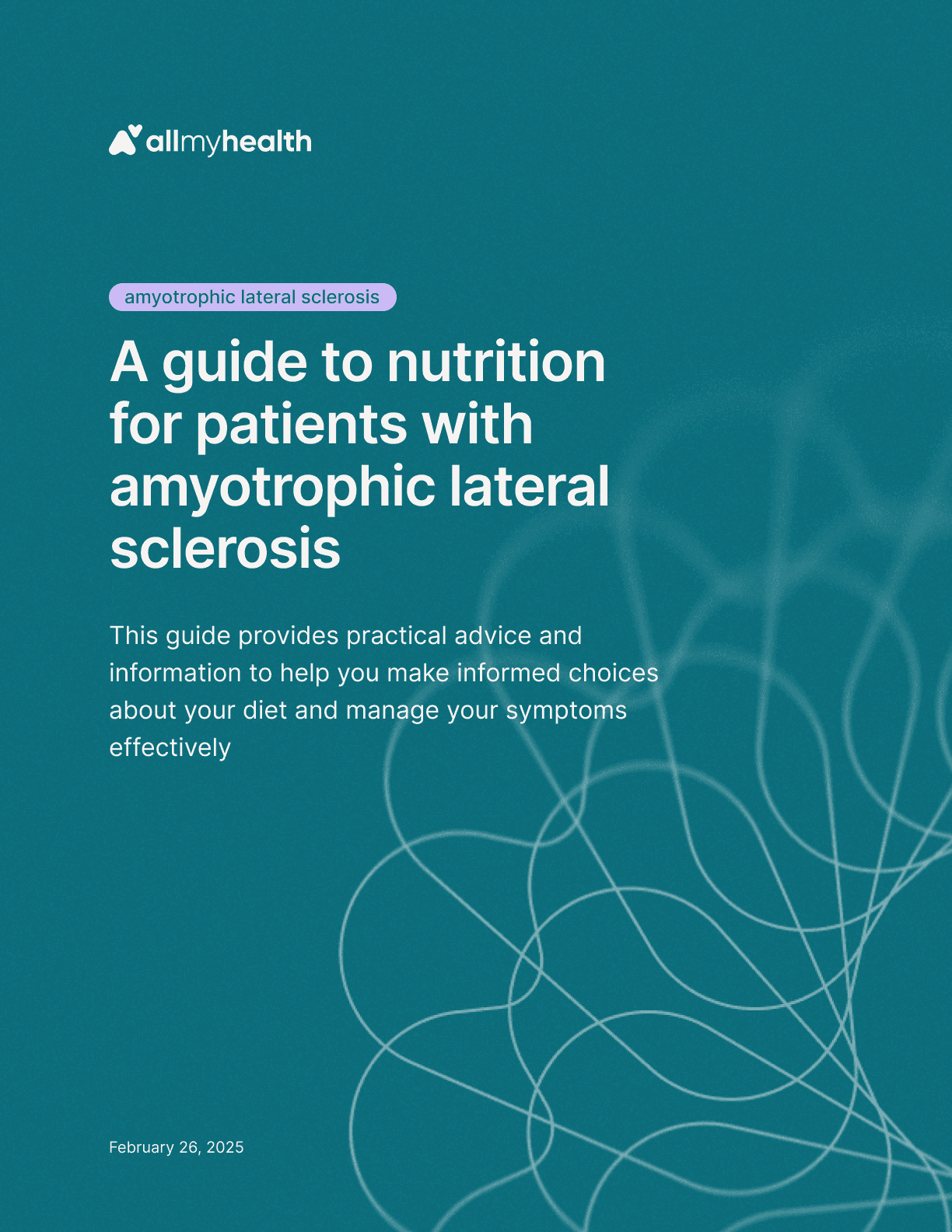
Amyotrophic lateral sclerosis
·
A guide to nutrition for patients with amyotrophic lateral sclerosis
Feb 26, 2025
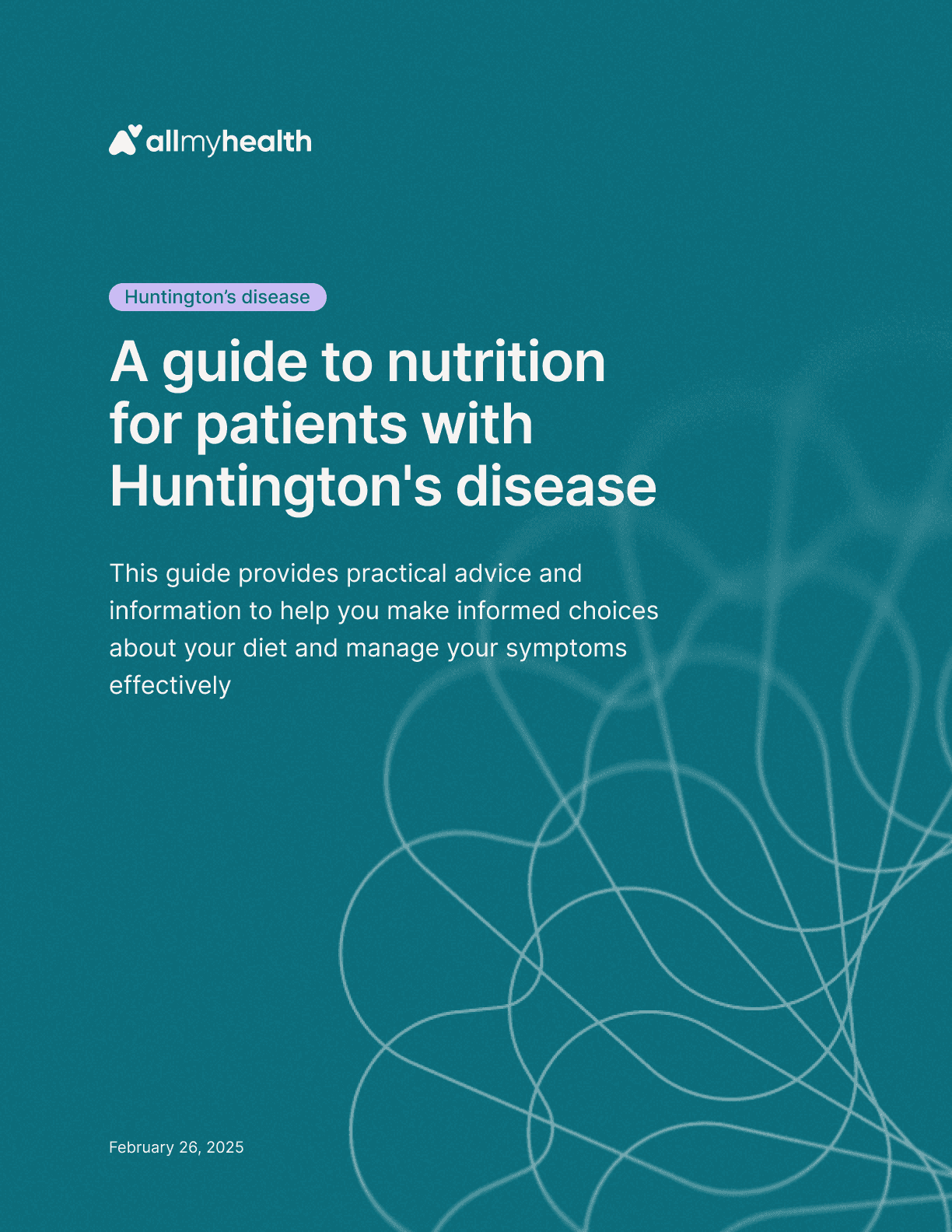
Huntington's disease
·
A guide to nutrition for patients with Huntington's disease
Feb 26, 2025

Spinal muscular atrophy
·
A guide to nutrition for patients with spinal muscular atrophy
Feb 26, 2025
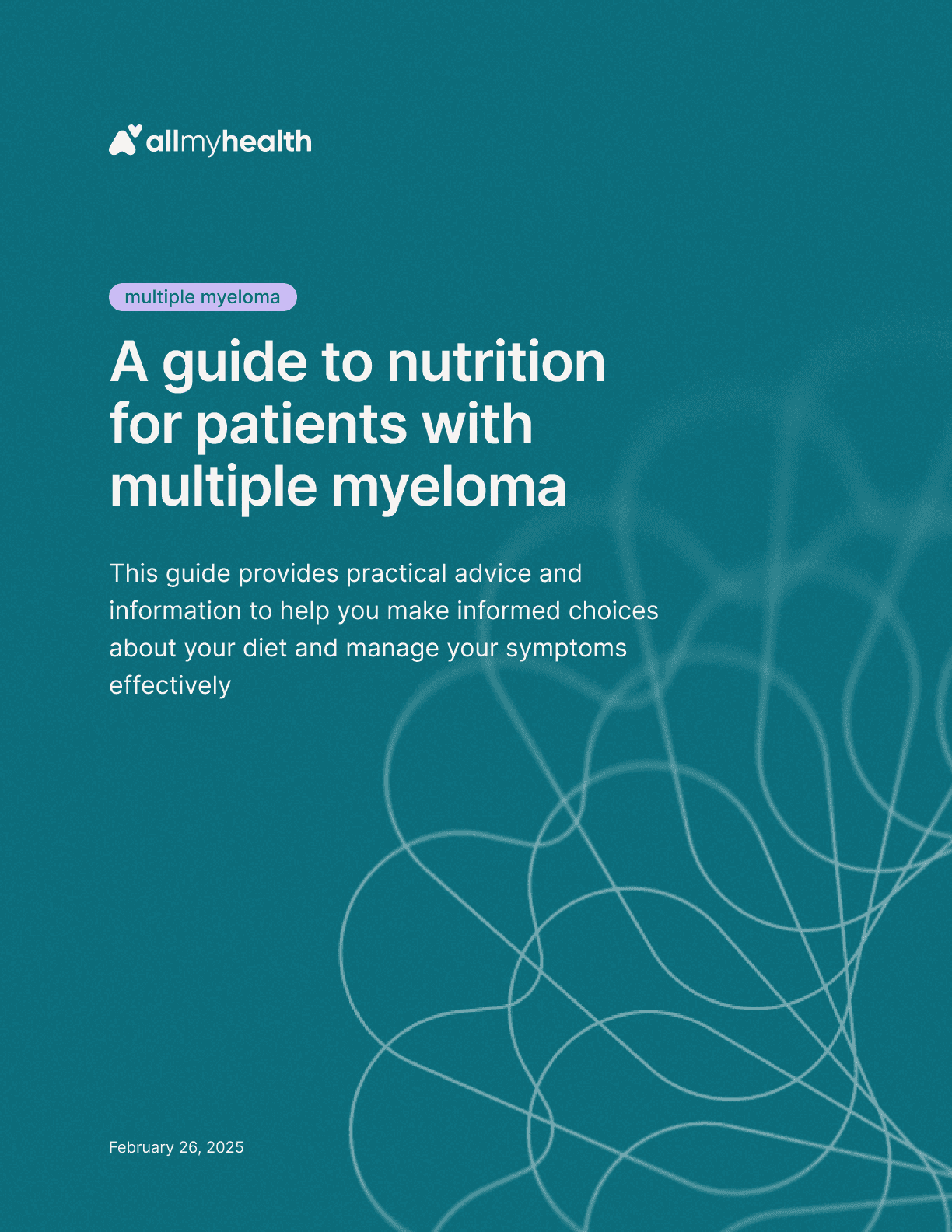
Multiple myeloma
·
A guide to nutrition for patients with multiple myeloma
Feb 26, 2025
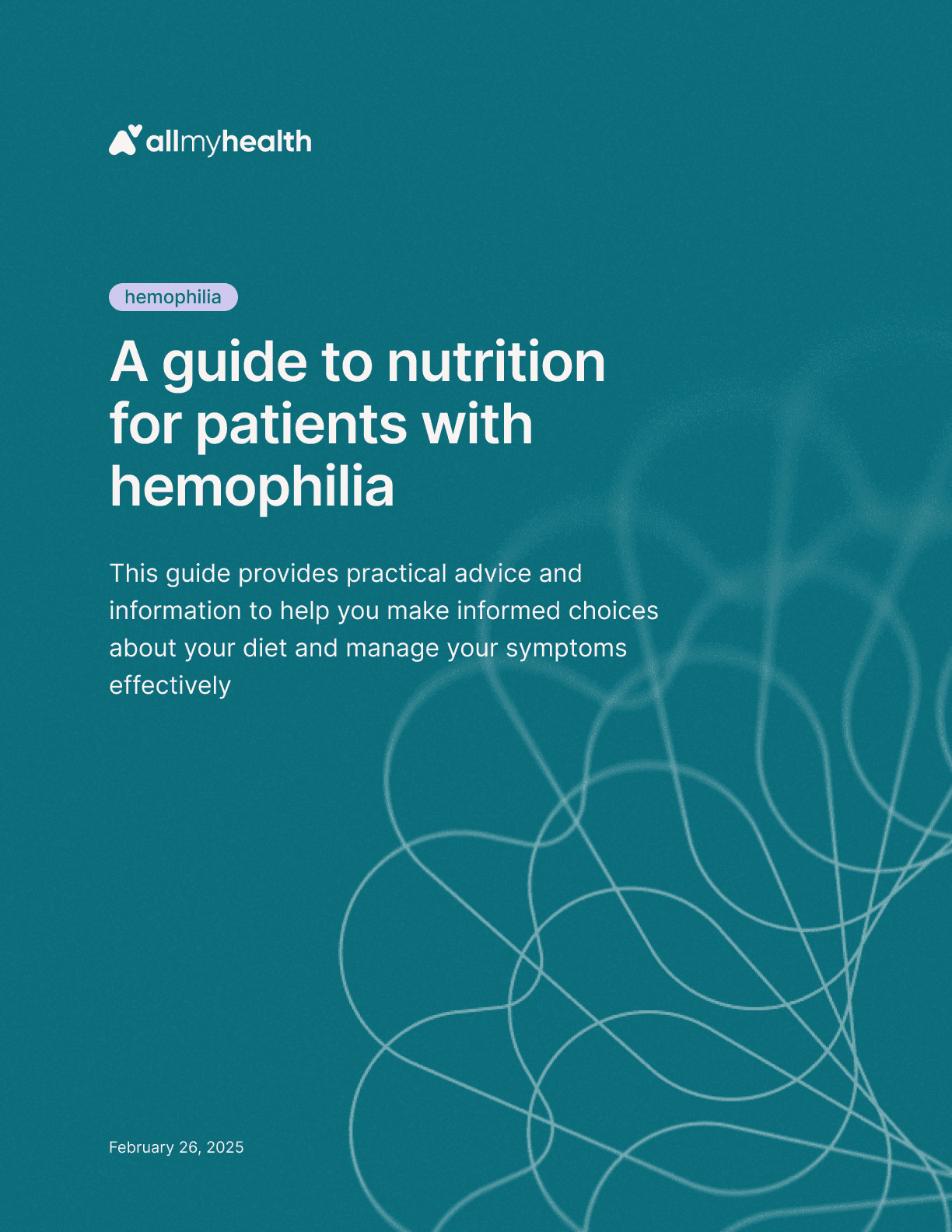
Hemophilia
·
A guide to nutrition for patients with hemophilia
Feb 26, 2025
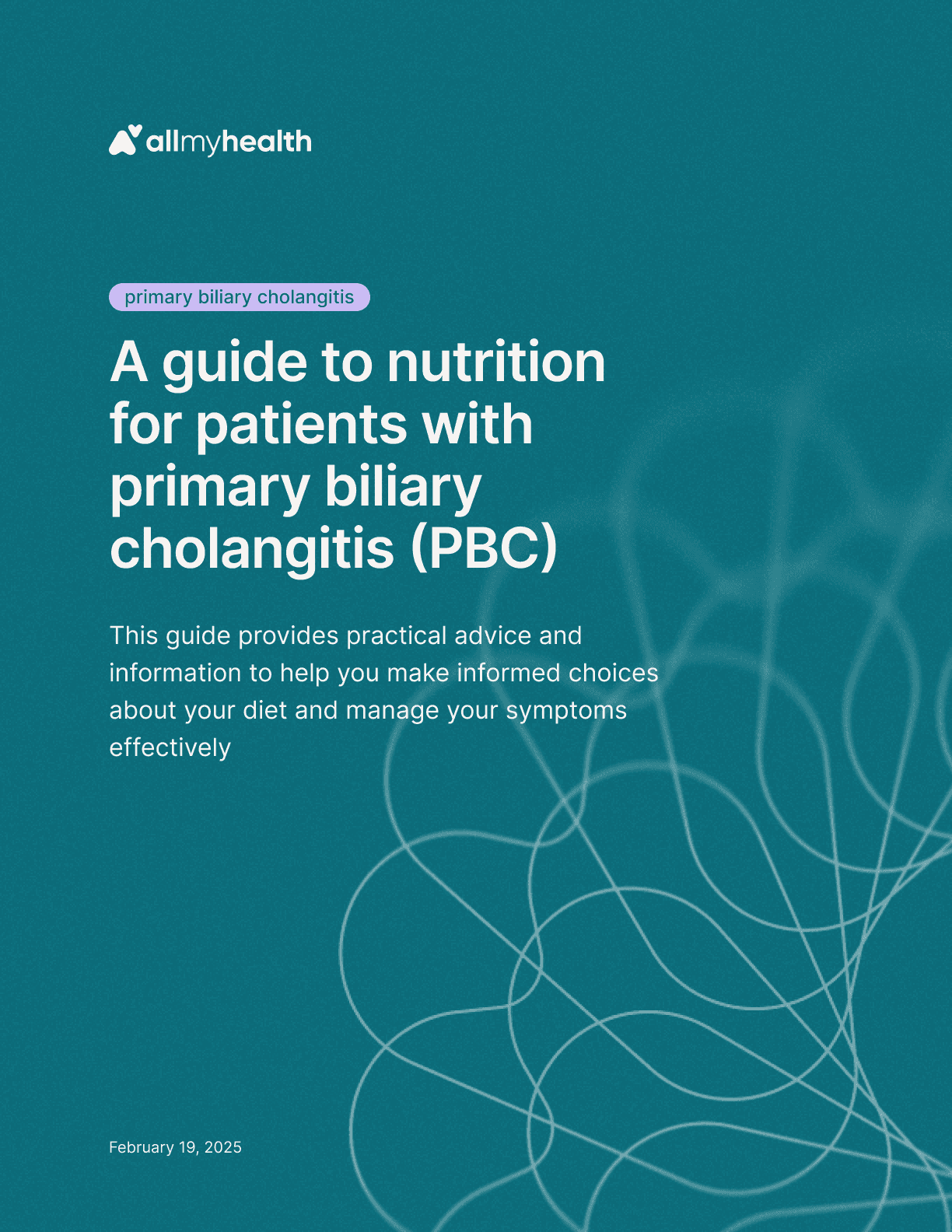
Primary biliary cholangitis
·
A guide to nutrition for patients with primary biliary cholangitis (PBC)
Feb 19, 2025
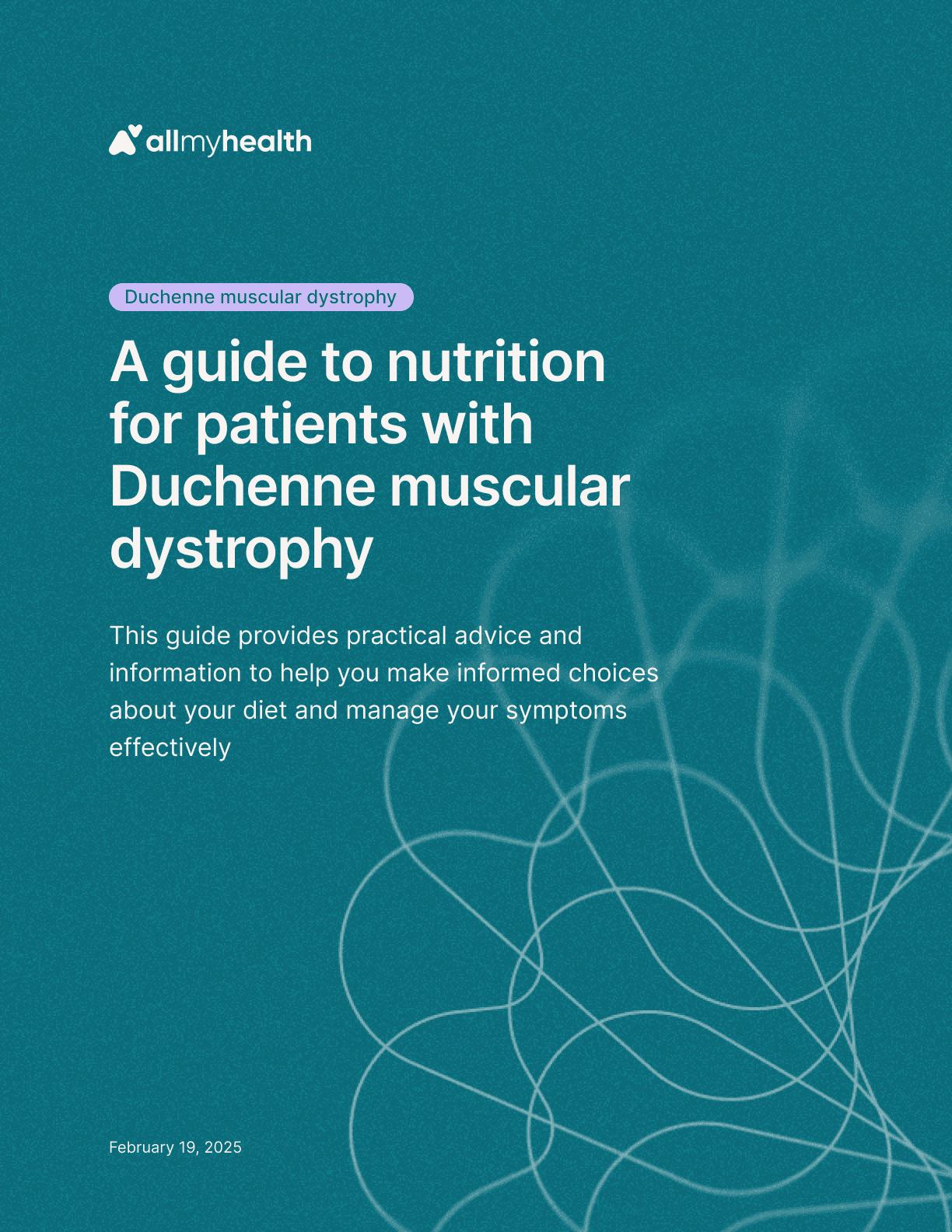
Duchenne muscular dystrophy
·
A guide to nutrition for patients with Duchenne muscular dystrophy
Feb 19, 2025
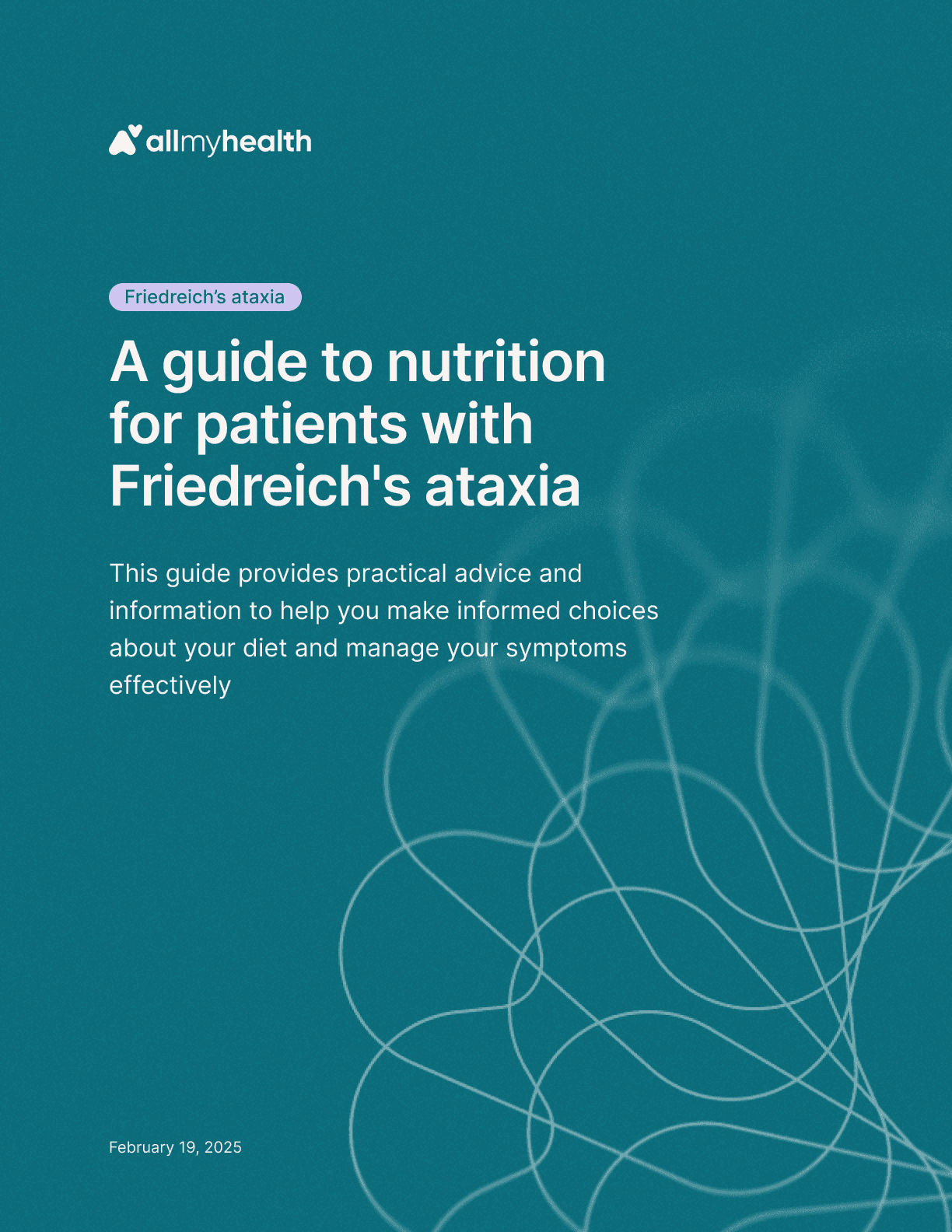
Friedreich's ataxia
·
A guide to nutrition for patients with Friedreich's ataxia
Feb 19, 2025
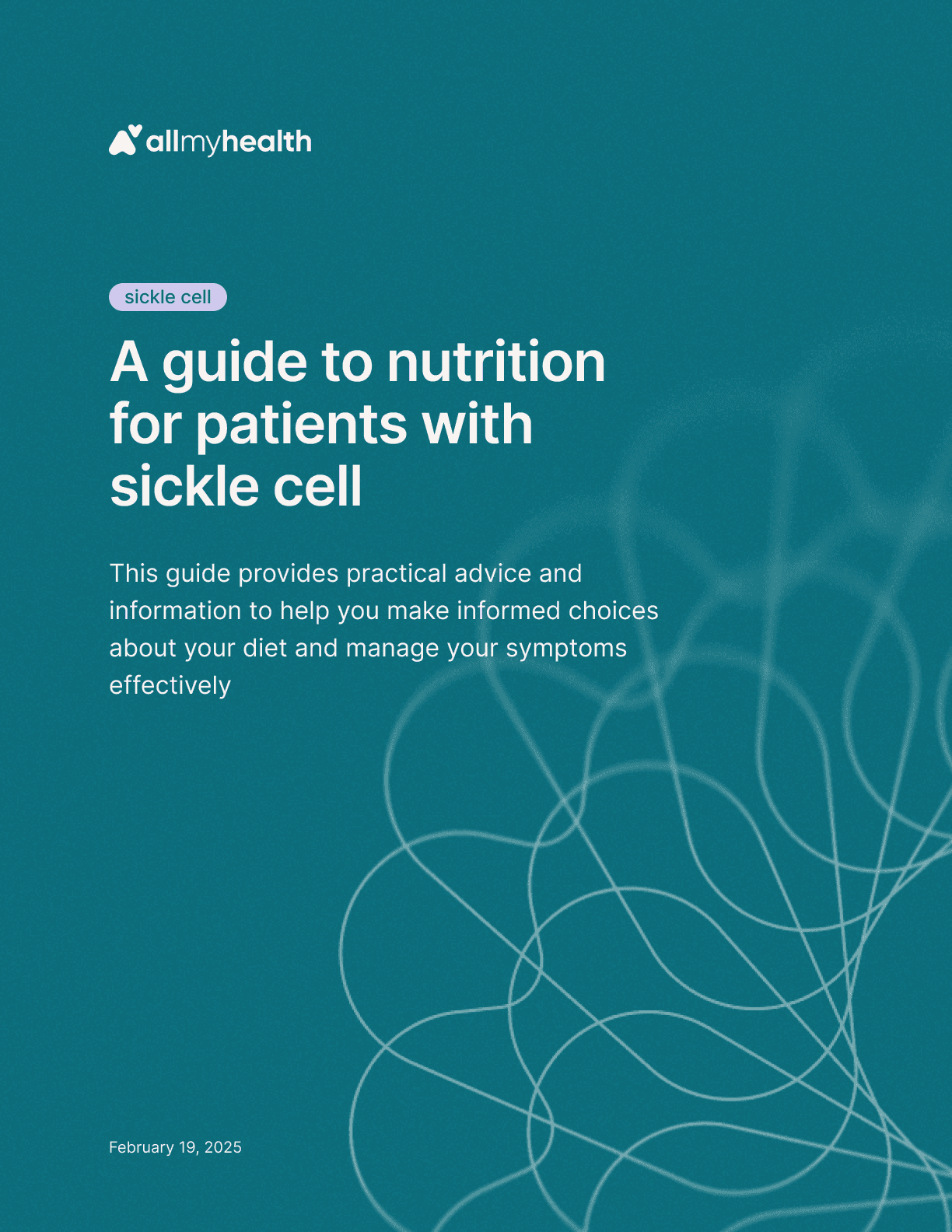
Sickle cell
·
A guide to nutrition for patients with sickle cell
Feb 19, 2025

Mantle cell lymphoma
·
A guide to nutrition for patients with mantle cell lymphoma
Feb 19, 2025
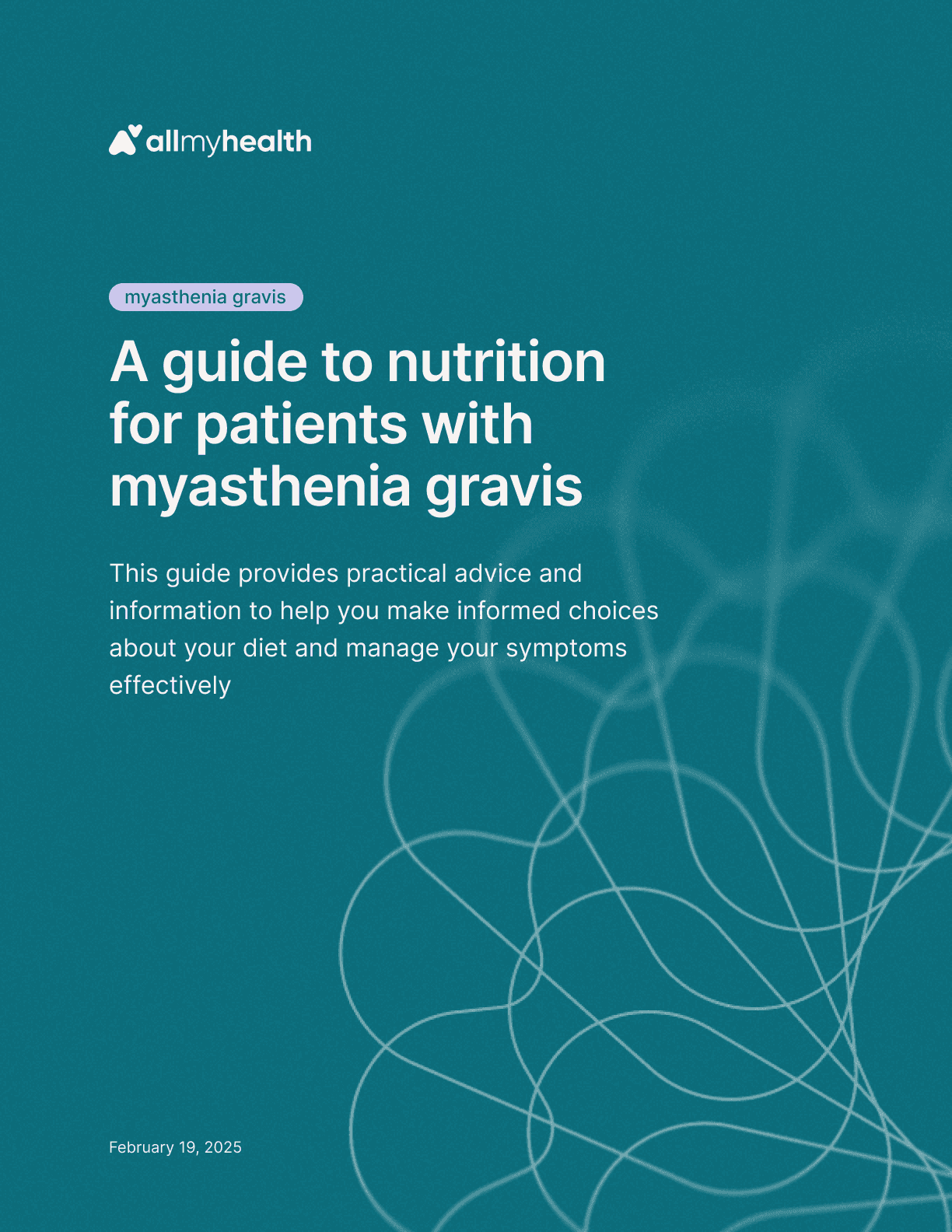
Myasthenia gravis
·
A guide to nutrition for patients with myasthenia gravis
Feb 19, 2025
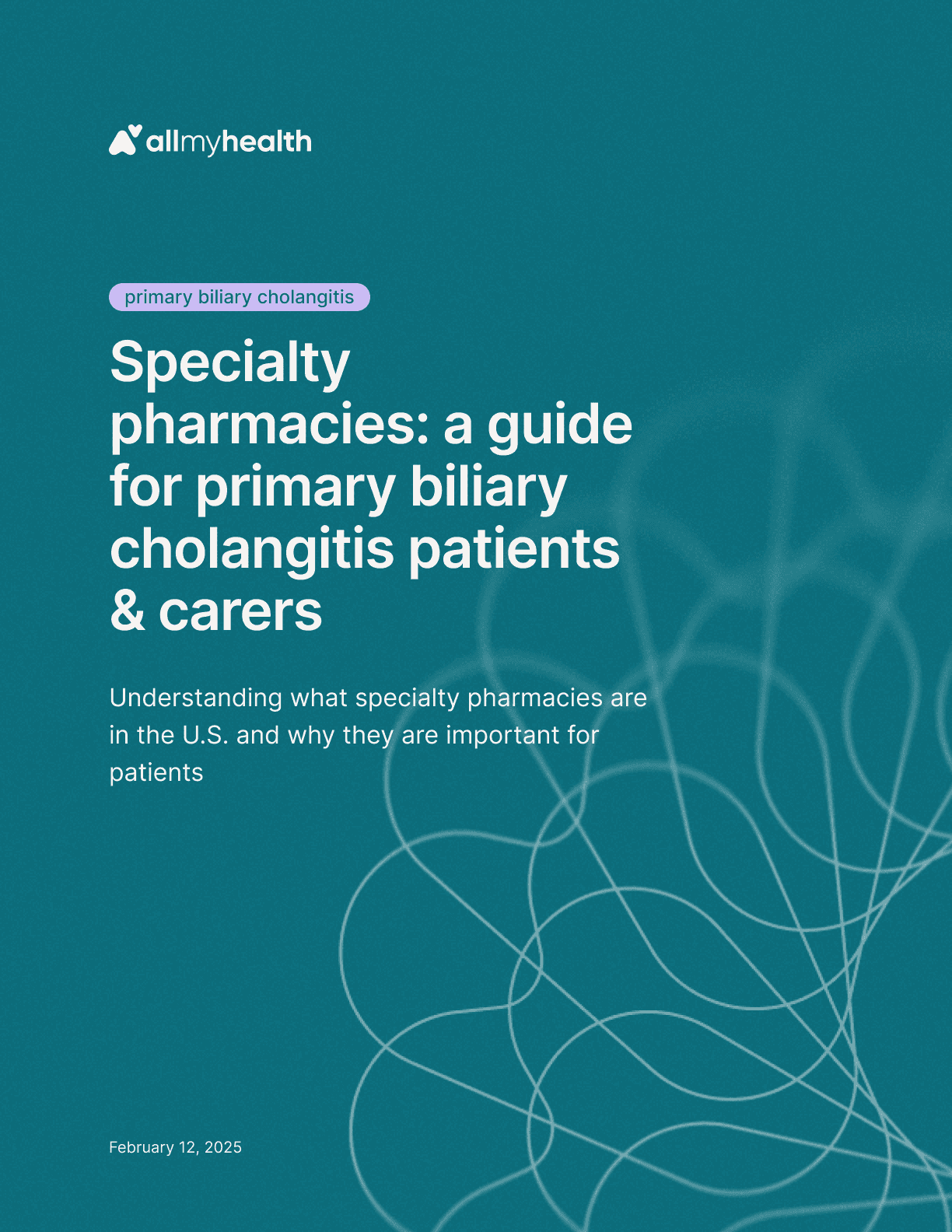
Primary biliary cholangitis
·
Specialty pharmacies: a guide for primary biliary cholangitis patients & carers
Feb 12, 2025
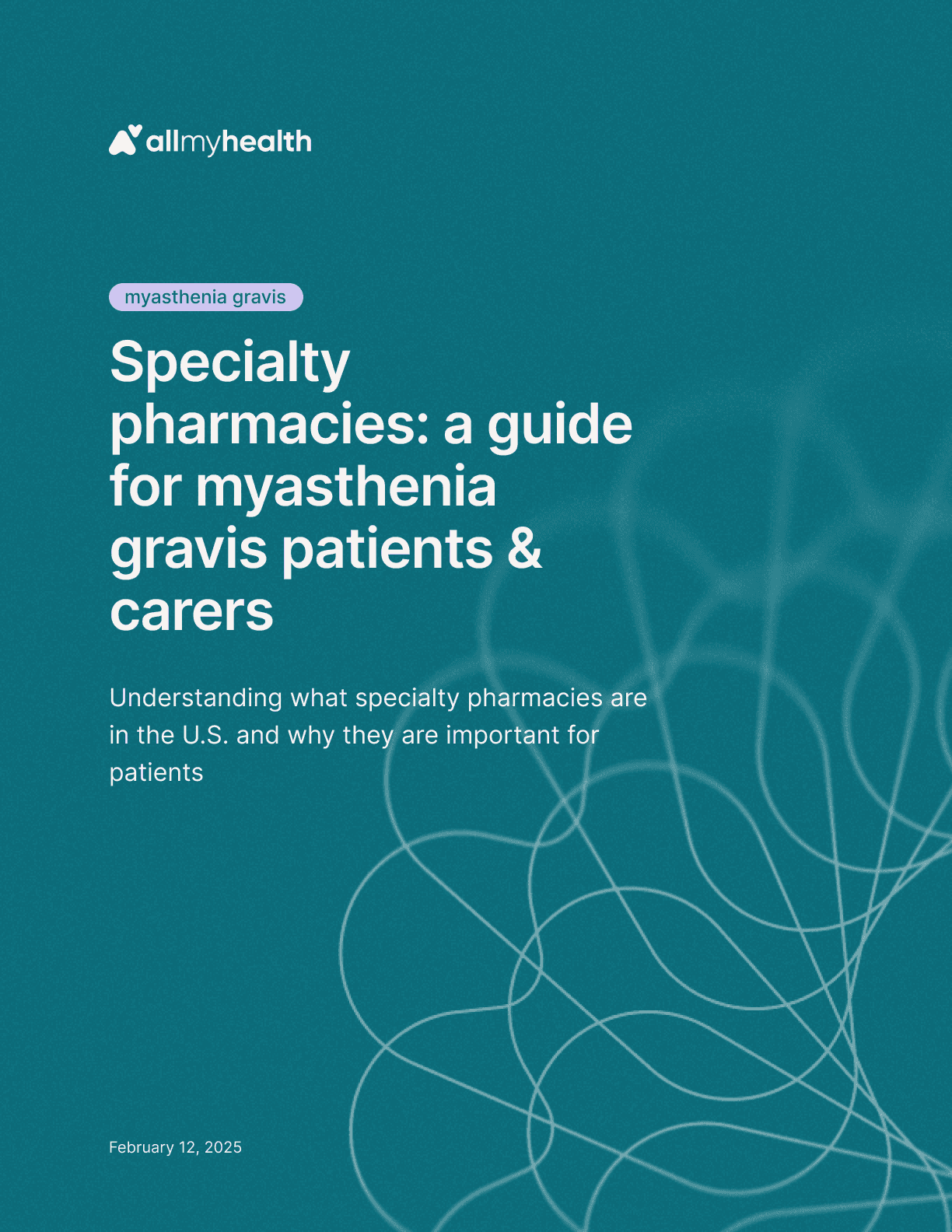
Myasthenia gravis
·
Specialty pharmacies: a guide for myasthenia gravis patients & carers
Feb 12, 2025
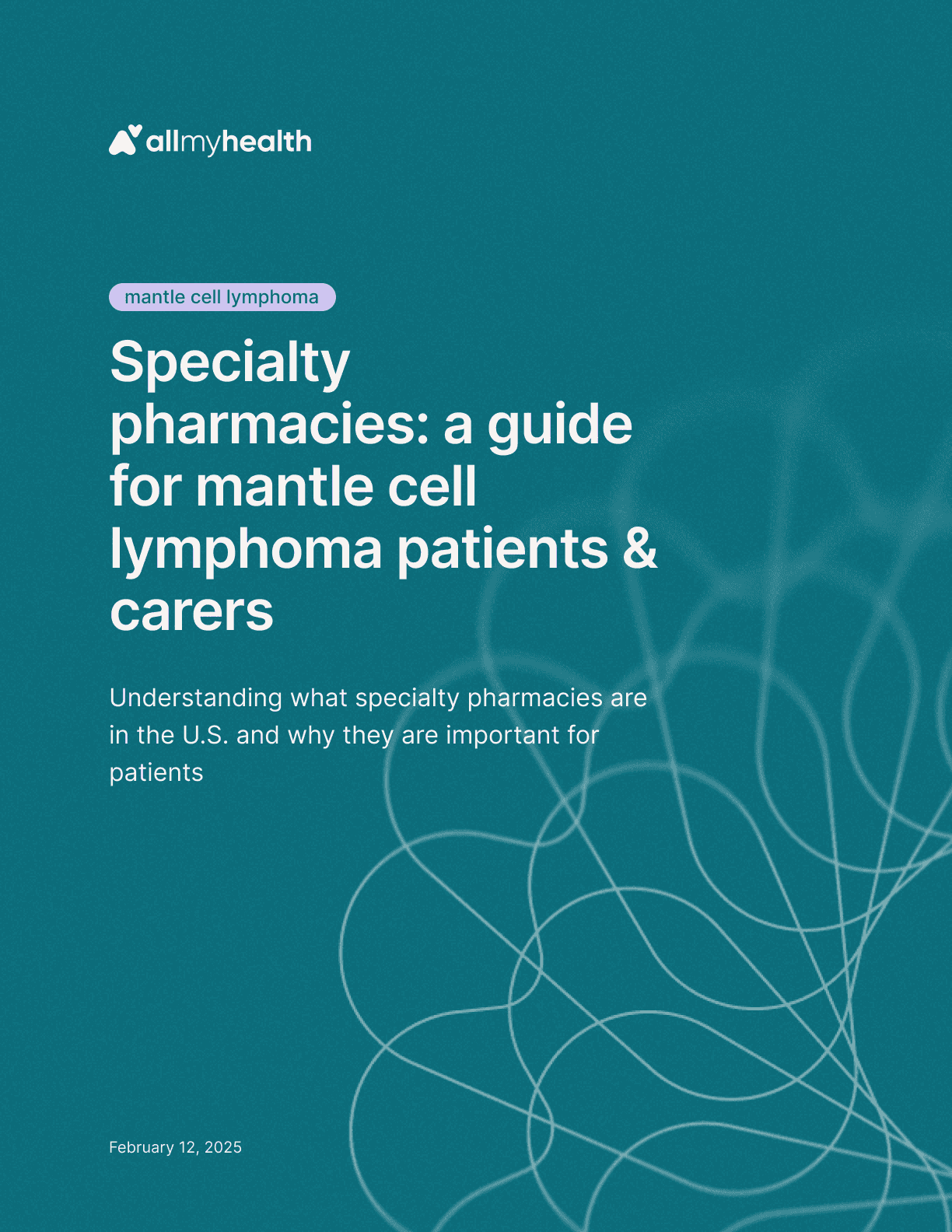
Mantle cell lymphoma
·
Specialty pharmacies: a guide for mantle cell lymphoma patients & carers
Feb 12, 2025
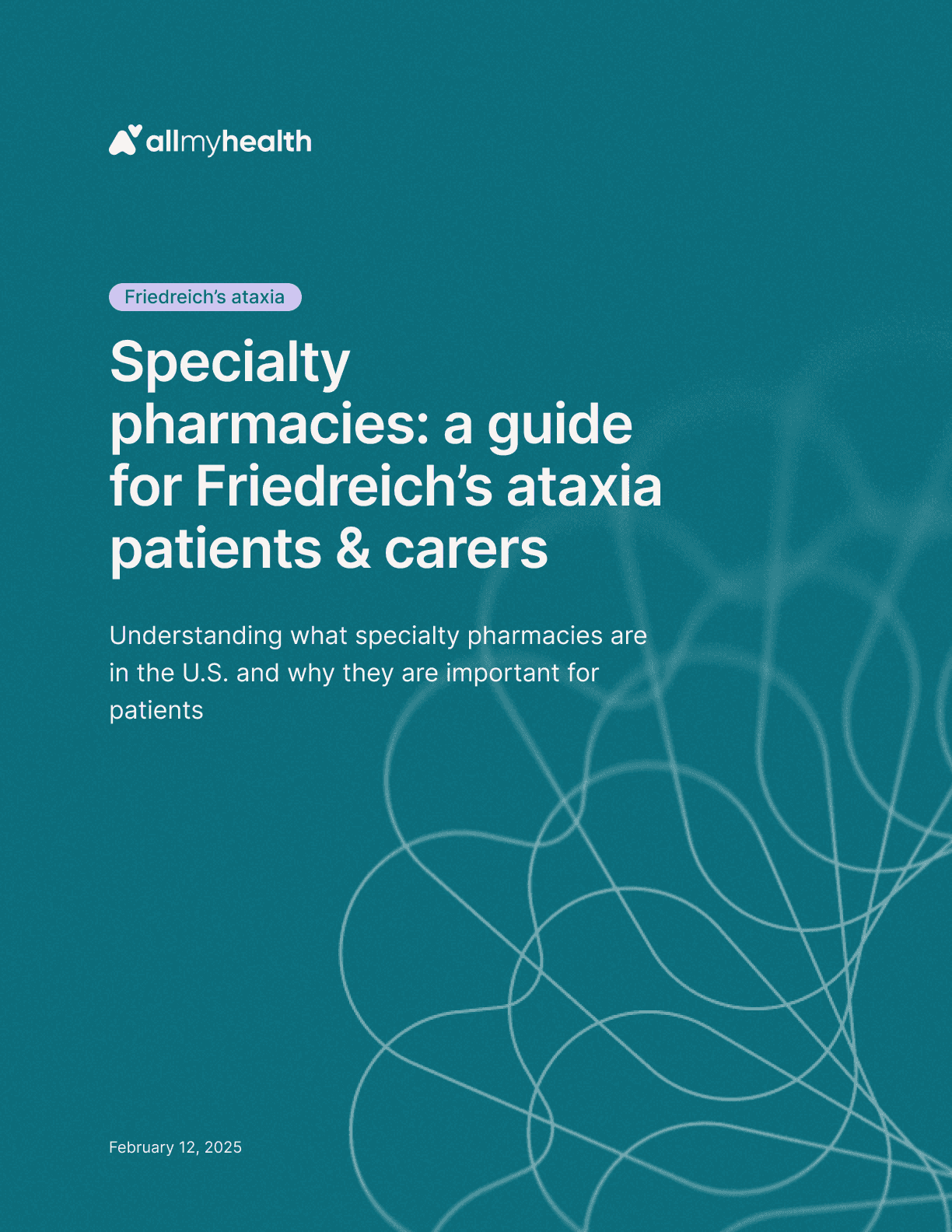
Friedreich's ataxia
·
Specialty pharmacies: a guide for Friedreich’s ataxia patients & carers
Feb 12, 2025
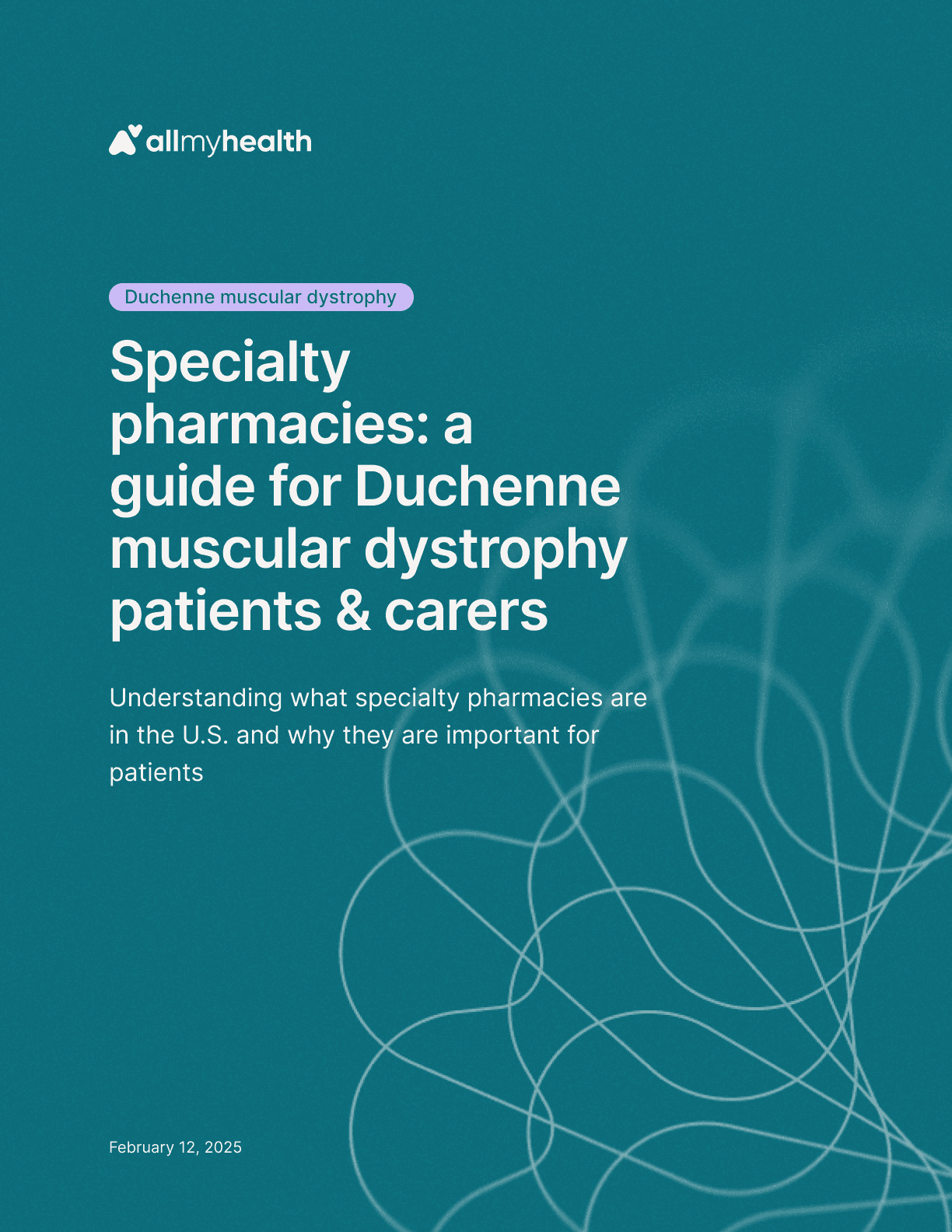
Duchenne muscular dystrophy
·
Specialty pharmacies: a guide for Duchenne muscular dystrophy patients & carers
Feb 12, 2025

Spinal muscular atrophy
·
Specialty pharmacies: a guide for SMA patients & carers
Feb 6, 2025
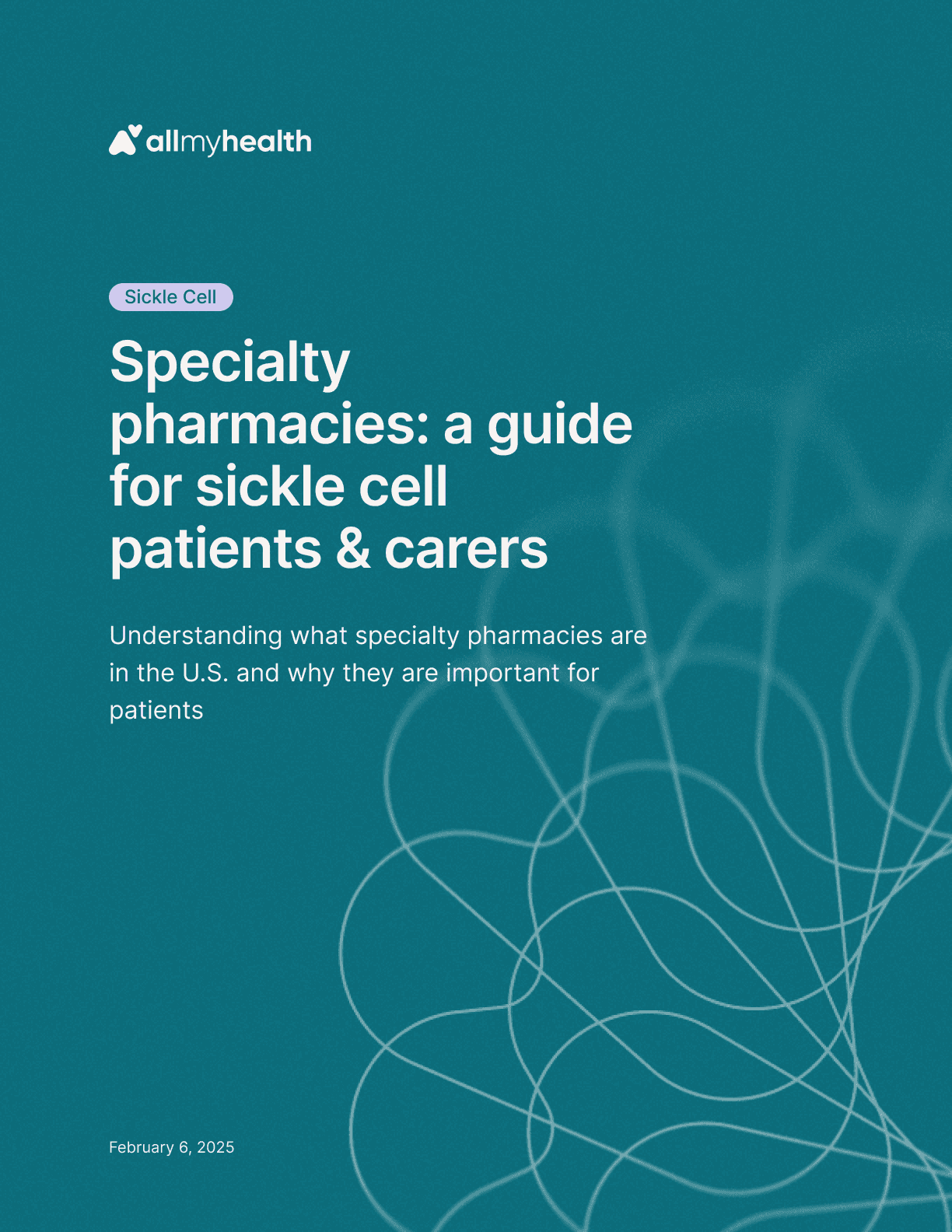
Sickle cell
·
Specialty pharmacies: a guide for sickle cell patients & carers
Feb 6, 2025
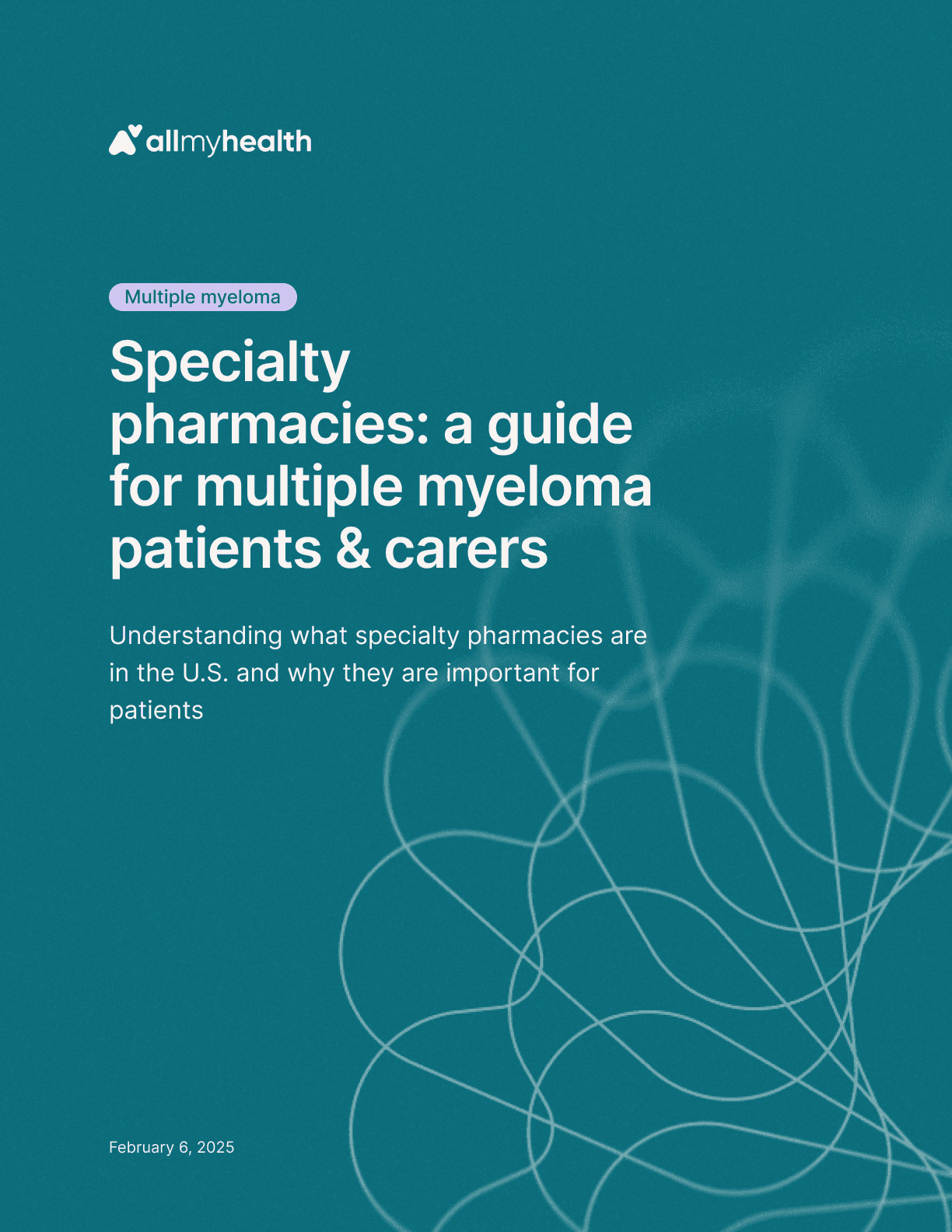
Multiple myeloma
·
Specialty pharmacies: a guide for multiple myeloma patients & carers
Feb 6, 2025
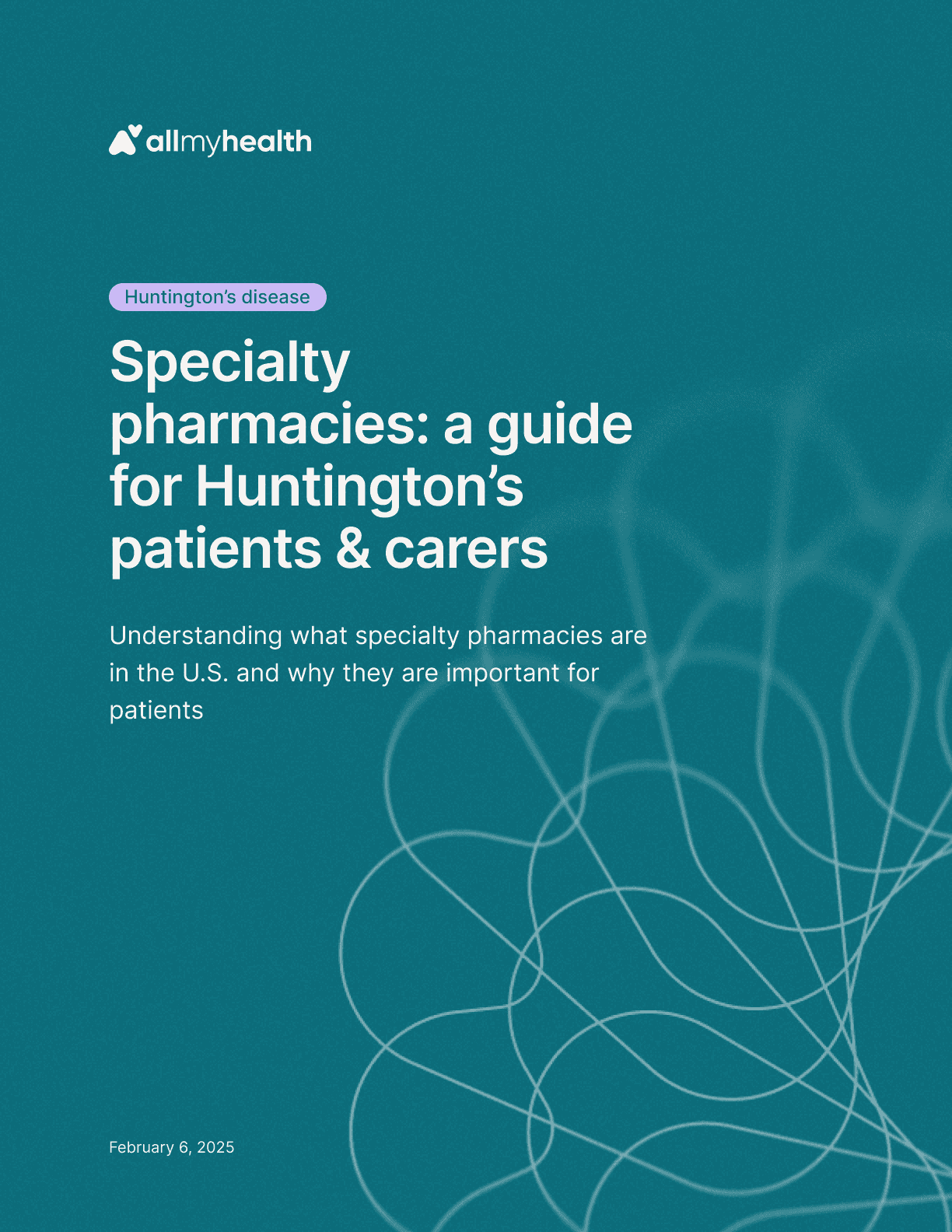
Huntington's disease
·
Specialty pharmacies: a guide for Huntington’s disease patients & carers
Feb 6, 2025
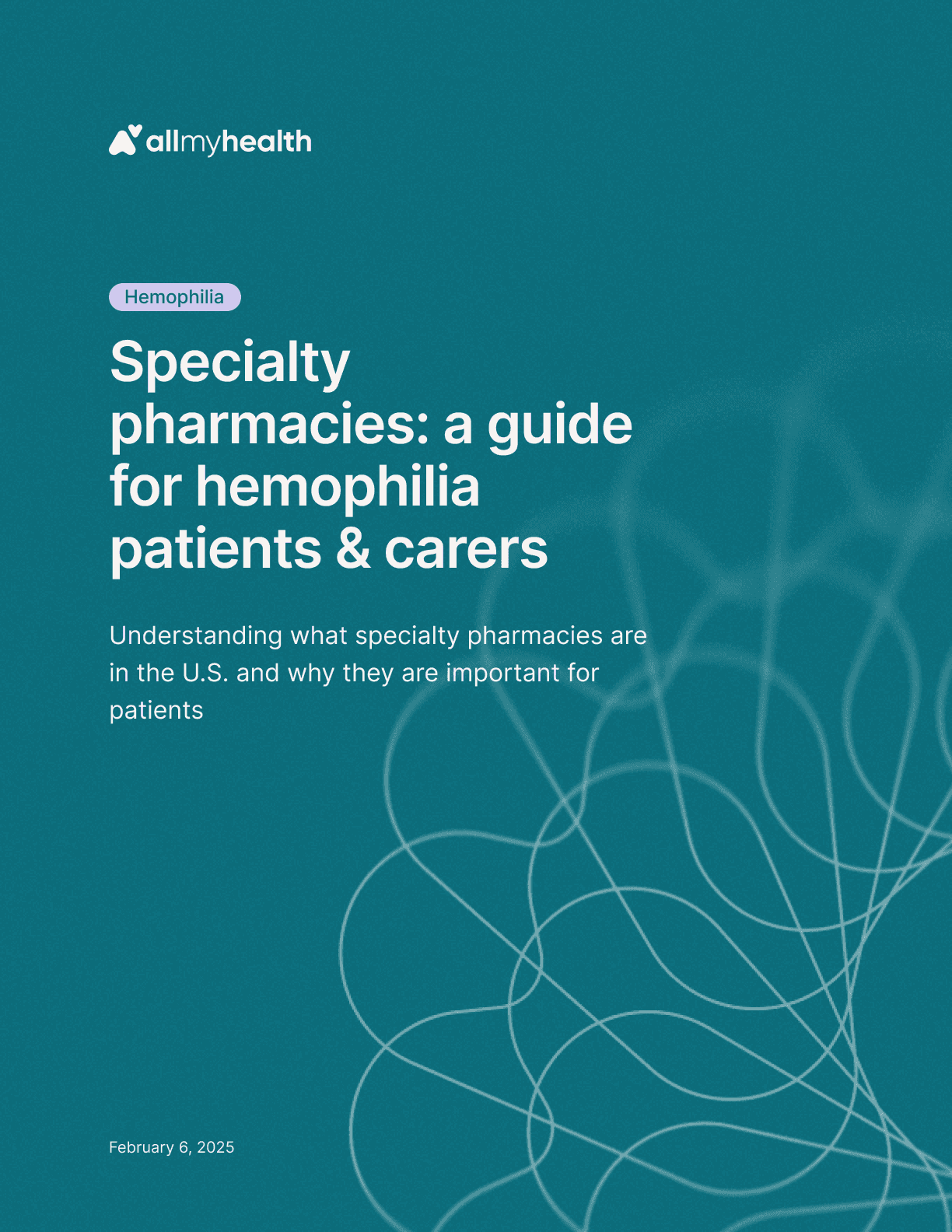
Hemophilia
·
Specialty pharmacies: a guide for hemophilia patients & carers
Feb 6, 2025

Amyotrophic lateral sclerosis
·
Specialty pharmacies: a guide for ALS patients & carers
Feb 6, 2025
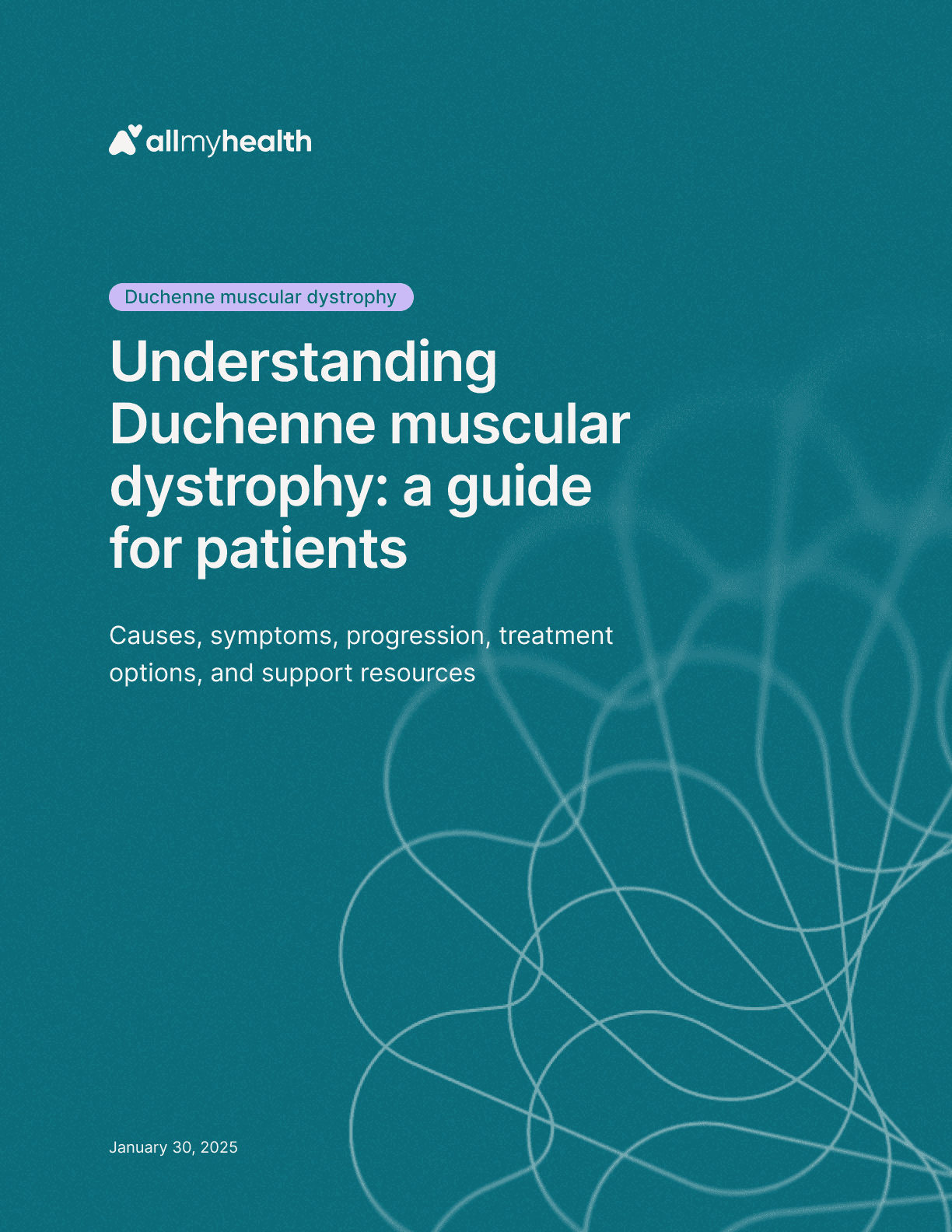
Duchenne muscular dystrophy
·
Understanding Duchenne muscular dystrophy: a guide for patients
Jan 30, 2025

Friedreich's ataxia
·
Understanding Friedreich's ataxia: a guide for patients
Jan 30, 2025

Hemophilia
·
Understanding hemophilia: a guide for patients
Jan 30, 2025
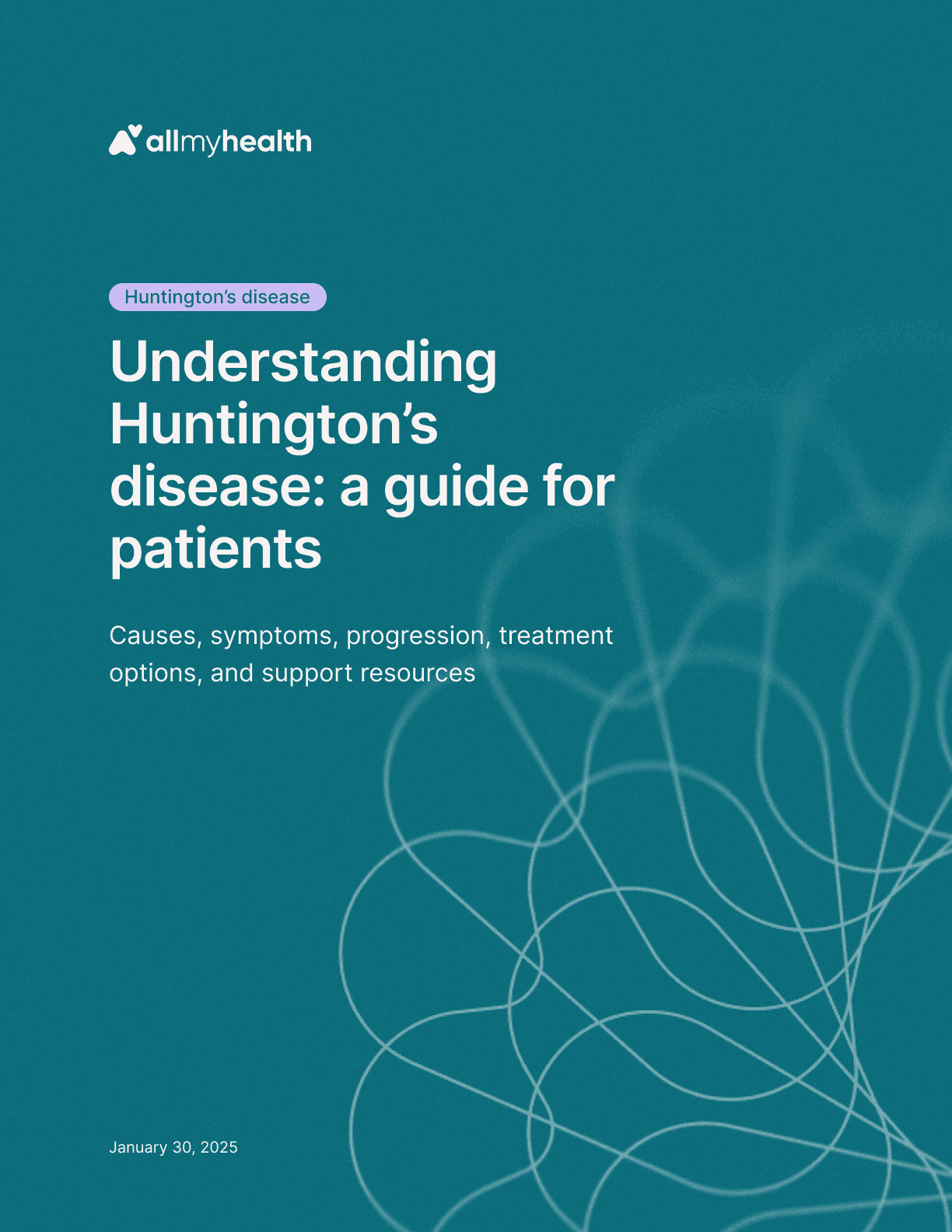
Huntington's disease
·
Understanding Huntington’s disease: a guide for patients
Jan 30, 2025
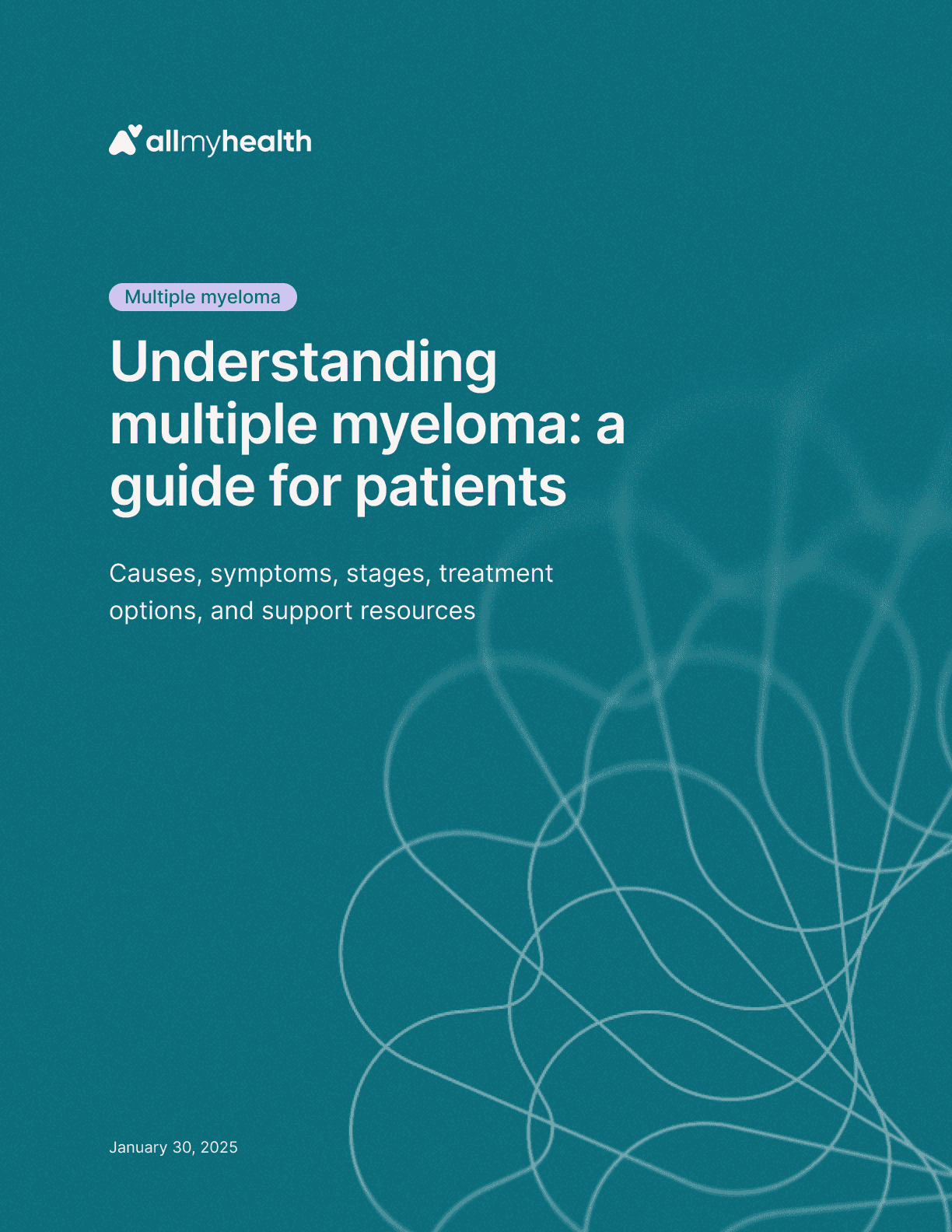
Multiple myeloma
·
Understanding multiple myeloma: a guide for patients
Jan 30, 2025

Primary biliary cholangitis
·
Understanding primary biliary cholangitis: a guide for patients
Jan 30, 2025
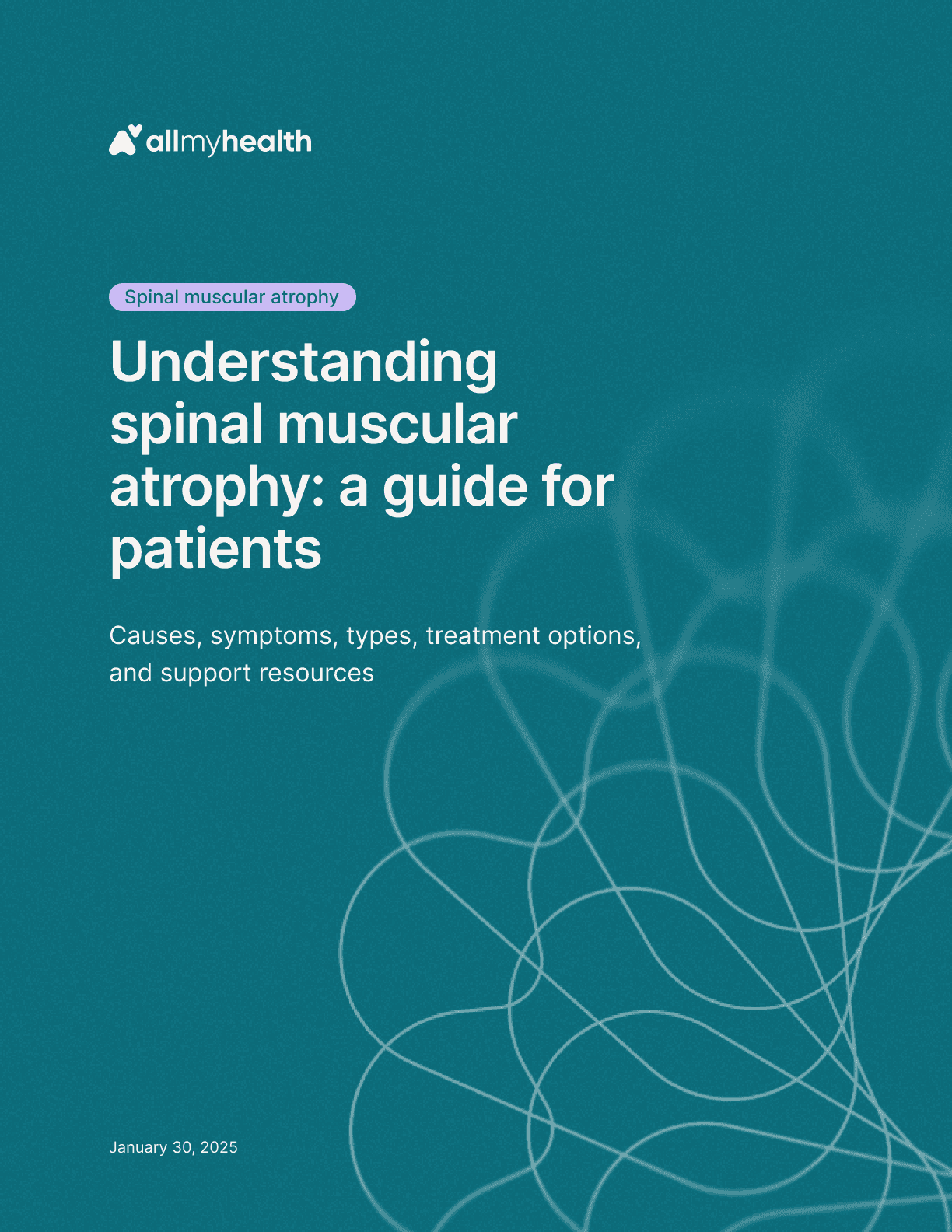
Spinal muscular atrophy
·
Understanding spinal muscular atrophy: a guide for patients
Jan 30, 2025

Amyotrophic lateral sclerosis
·
Understanding amyotrophic lateral sclerosis: a guide for patients
Jan 23, 2025
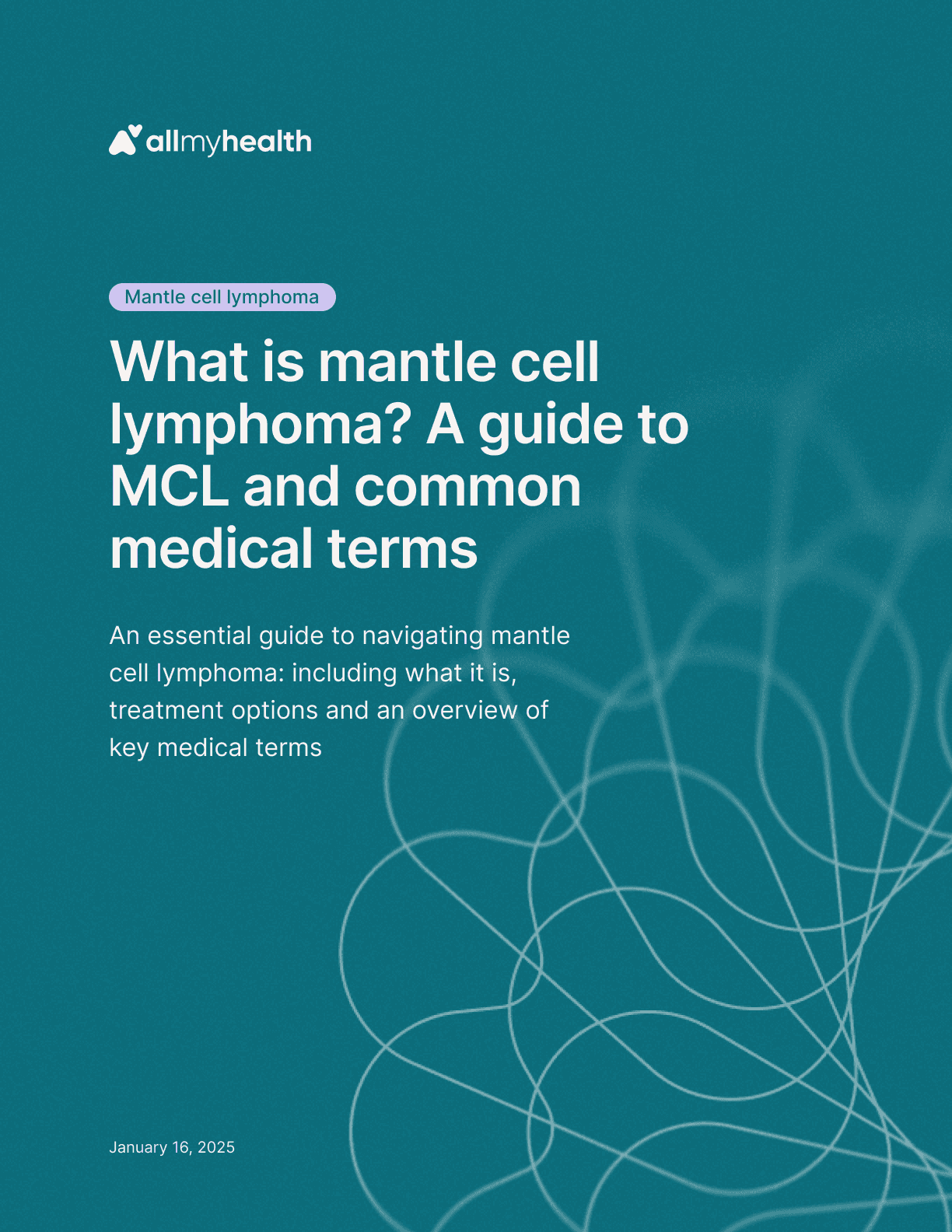
Mantle cell lymphoma
·
What is mantle cell lymphoma? A guide to MCL and common medical terms
Jan 23, 2025
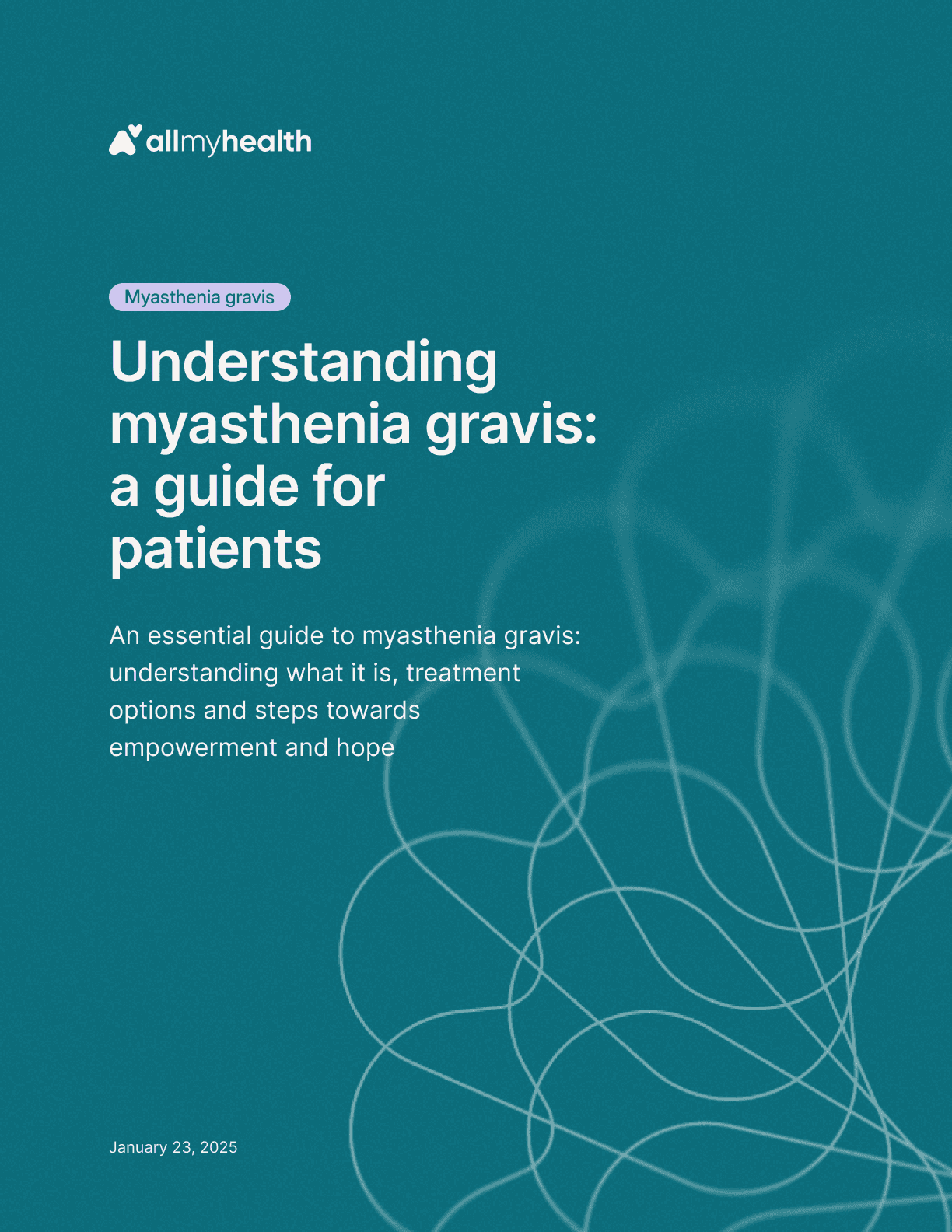
Myasthenia gravis
·
Understanding myasthenia gravis: a guide for patients
Jan 23, 2025
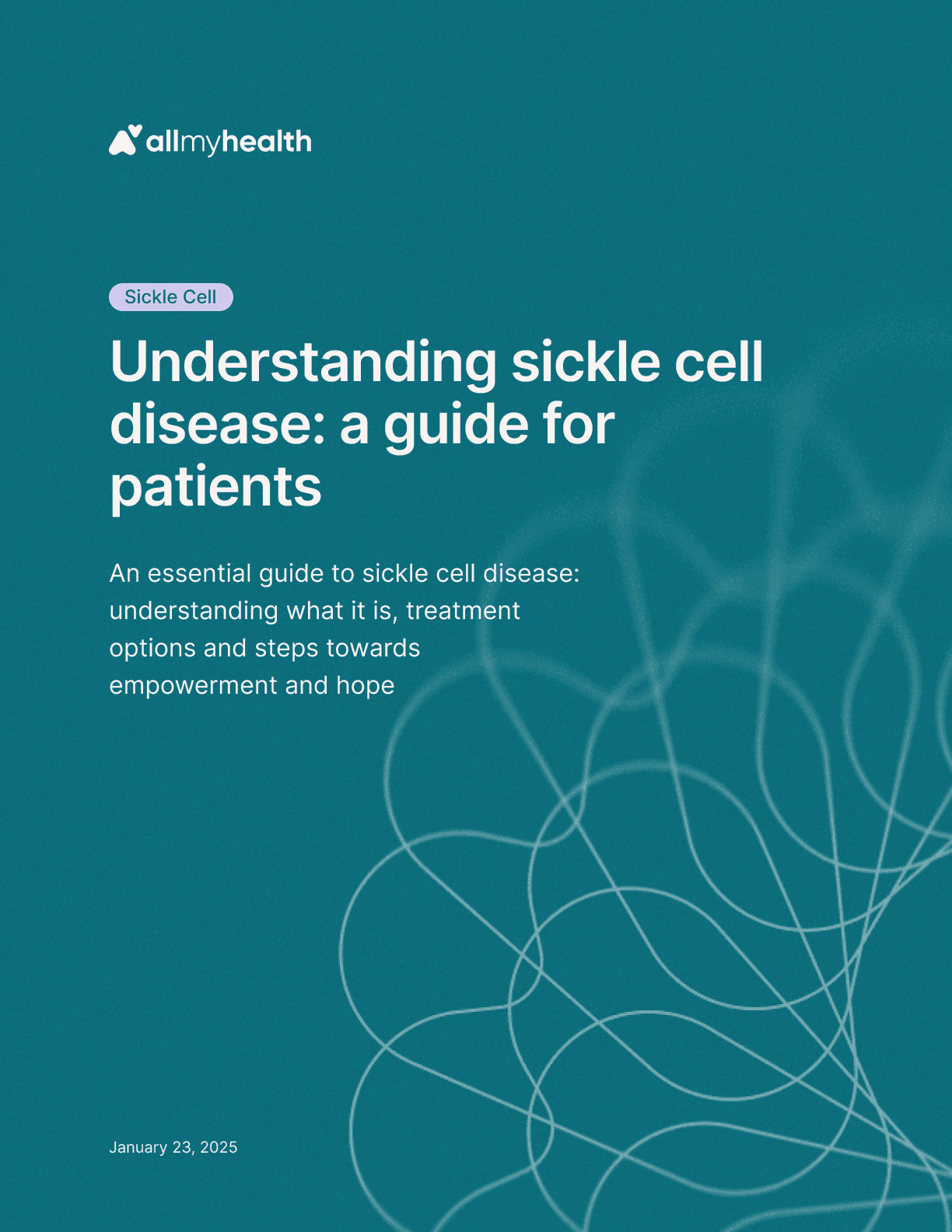
Sickle cell
·
Understanding sickle cell disease: a guide for patients
Jan 23, 2025
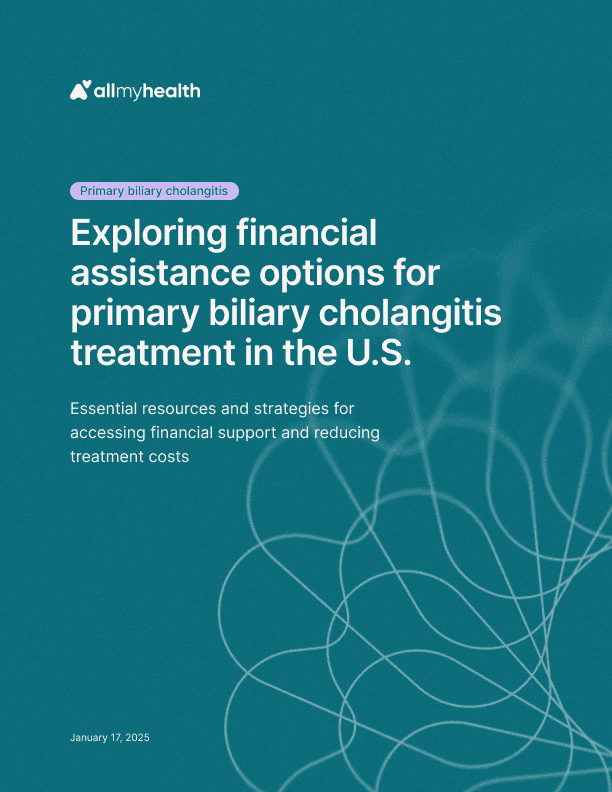
Primary biliary cholangitis
·
Exploring financial assistance options for primary biliary cholangitis treatment in the U.S.
Jan 17, 2025
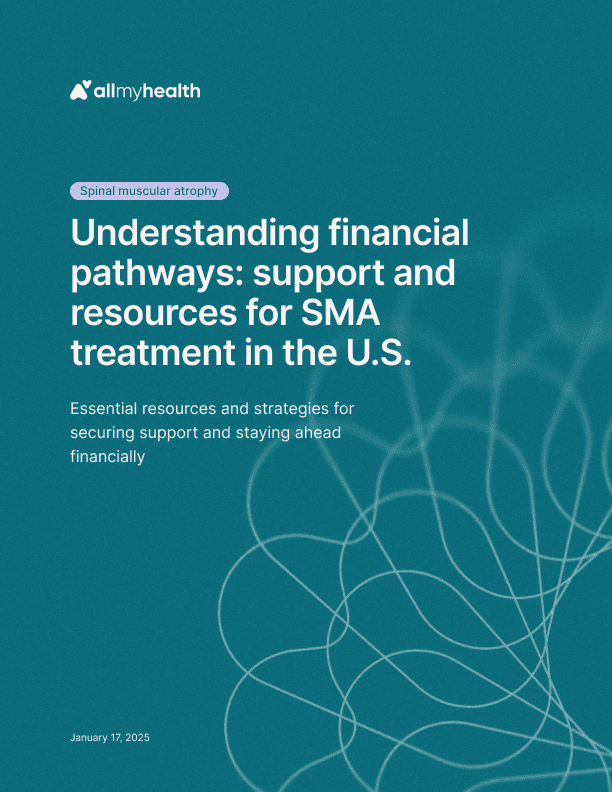
Spinal muscular atrophy
·
Understanding financial pathways: support and resources for SMA treatment in the U.S.
Jan 17, 2025

Duchenne muscular dystrophy
·
Financial strategies for muscular dystrophy in the U.S.
Jan 17, 2025

Hemophilia
·
Navigating financial assistance for hemophilia treatment in the U.S.
Jan 17, 2025
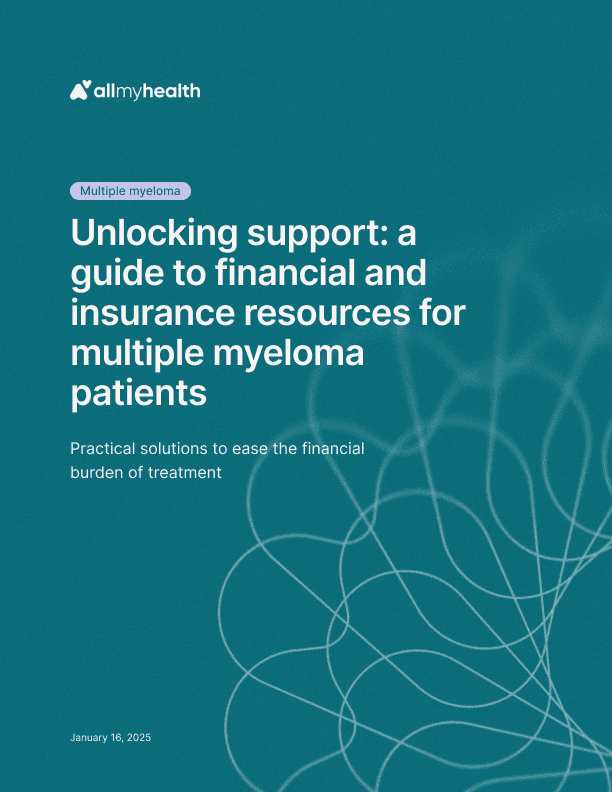
Multiple myeloma
·
Unlocking support: a guide to financial and insurance resources for multiple myeloma patients
Jan 17, 2025

Friedreich's ataxia
·
Navigating Friedreich’s ataxia in the U.S.: a practical guide to support and financial planning
Jan 17, 2025
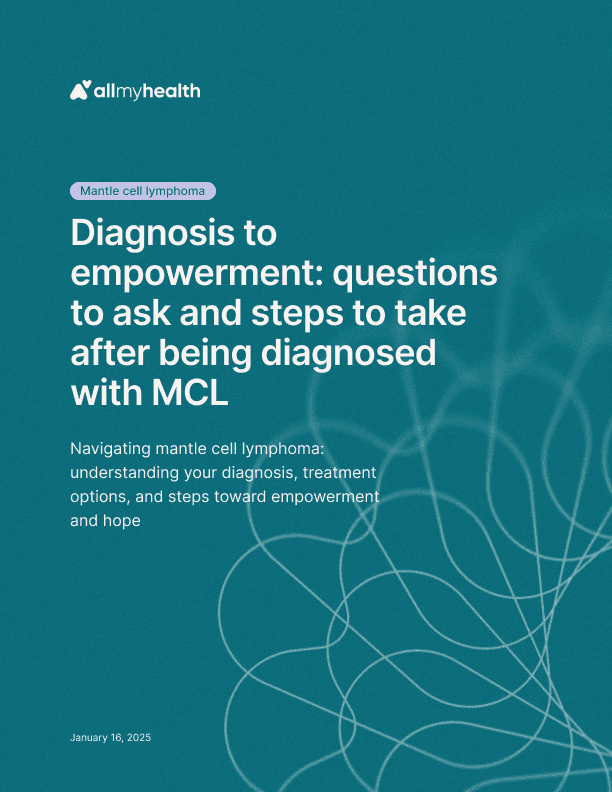
Mantle cell lymphoma
·
Diagnosis to empowerment: questions to ask and steps to take after being diagnosed with MCL
Jan 16, 2025
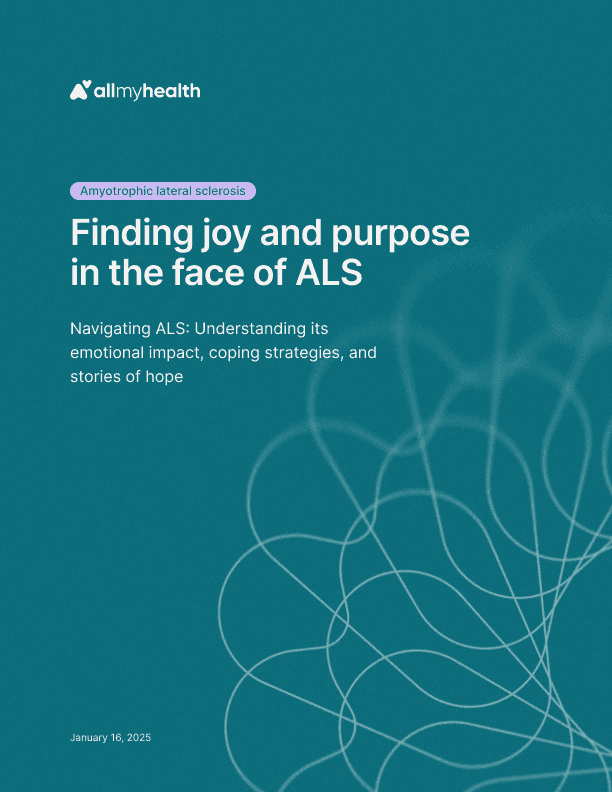
Amyotrophic lateral sclerosis
·
Finding joy and purpose in the face of ALS
Jan 16, 2025
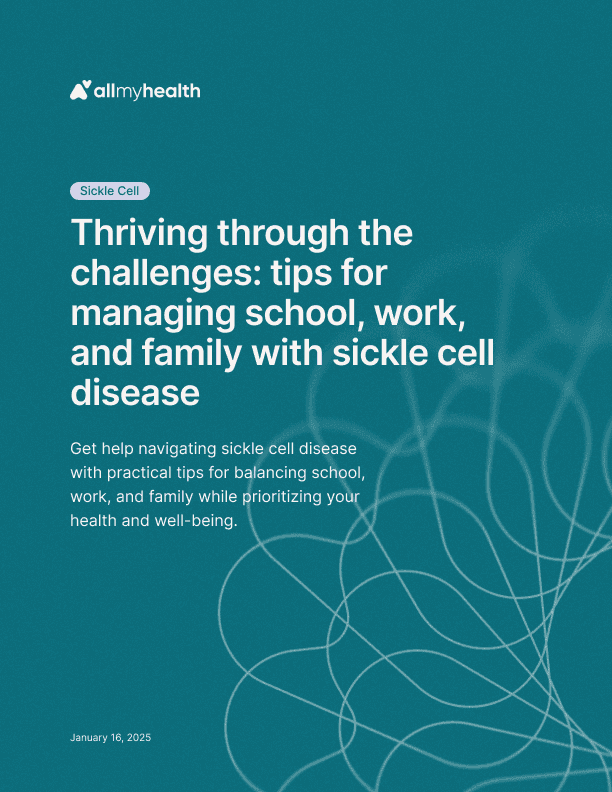
Sickle cell
·
Thriving through the challenges: tips for managing school, work, and family with sickle cell disease
Jan 16, 2025
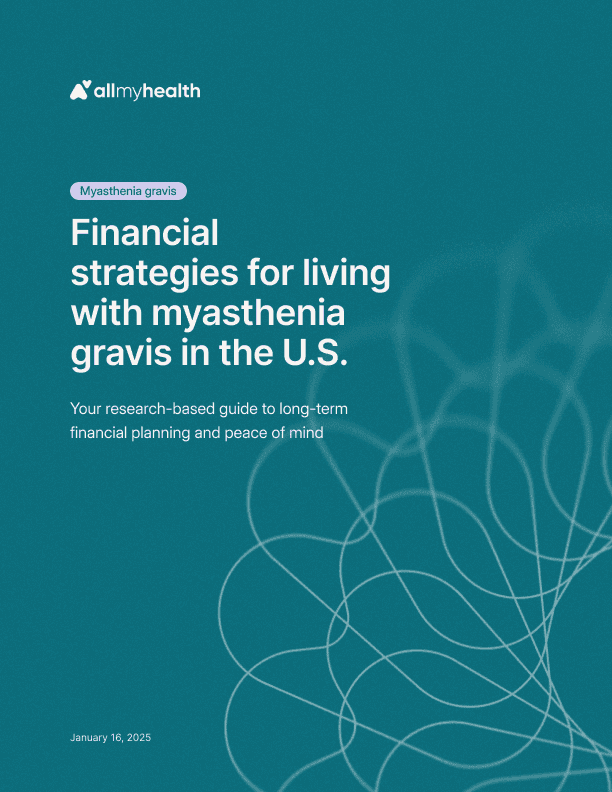
Myasthenia gravis
·
Financial strategies for living with myasthenia gravis in the U.S.: a guide to long-term planning
Jan 16, 2025